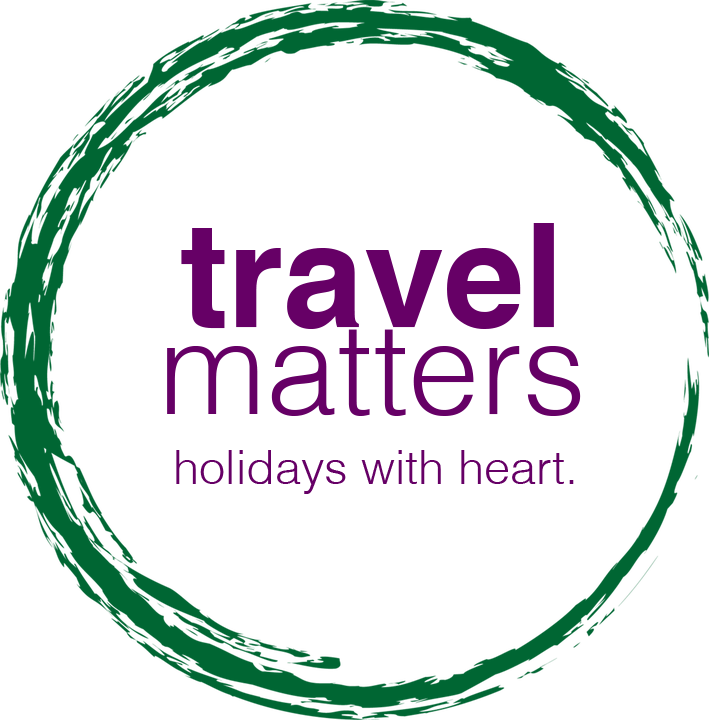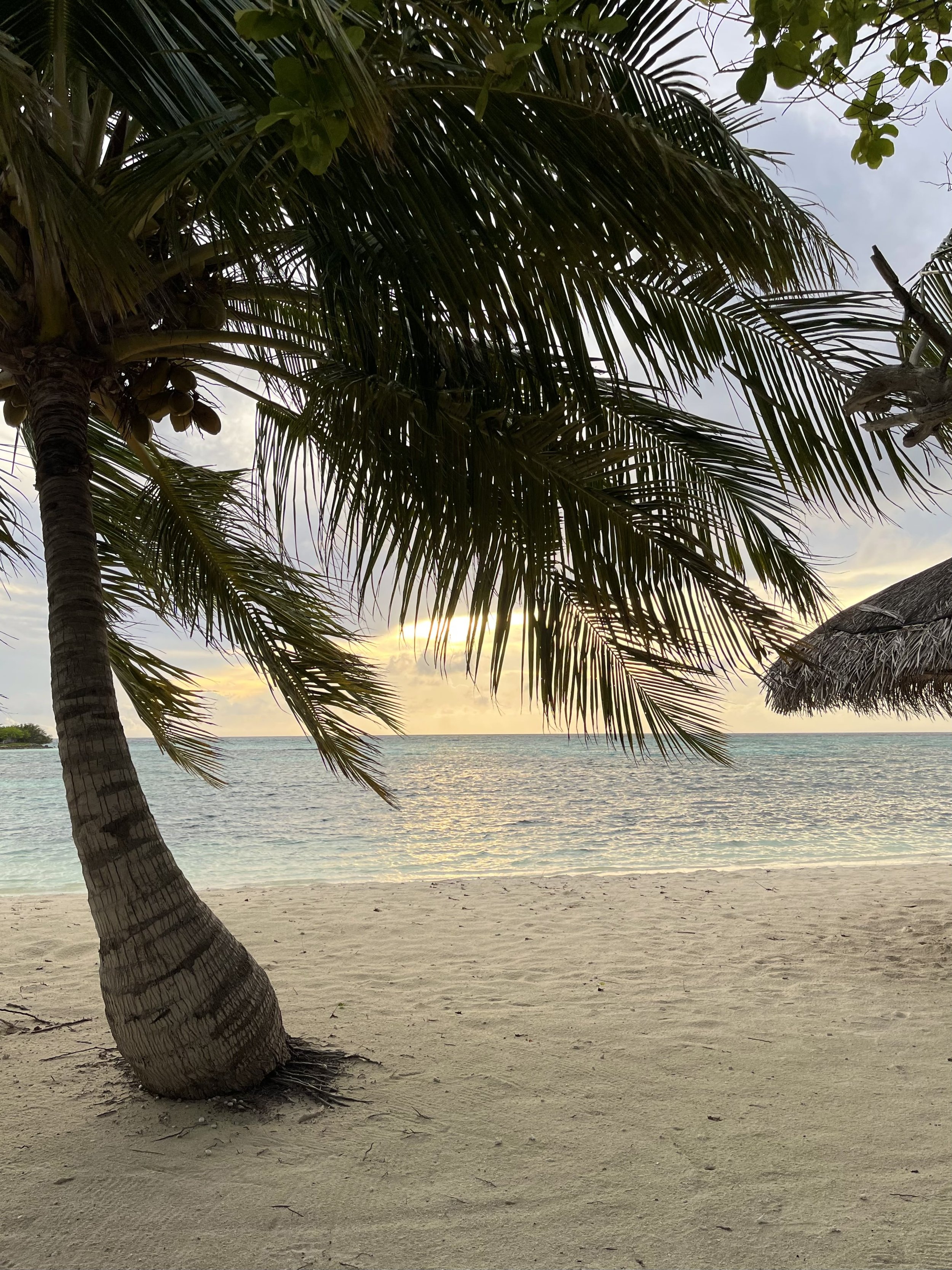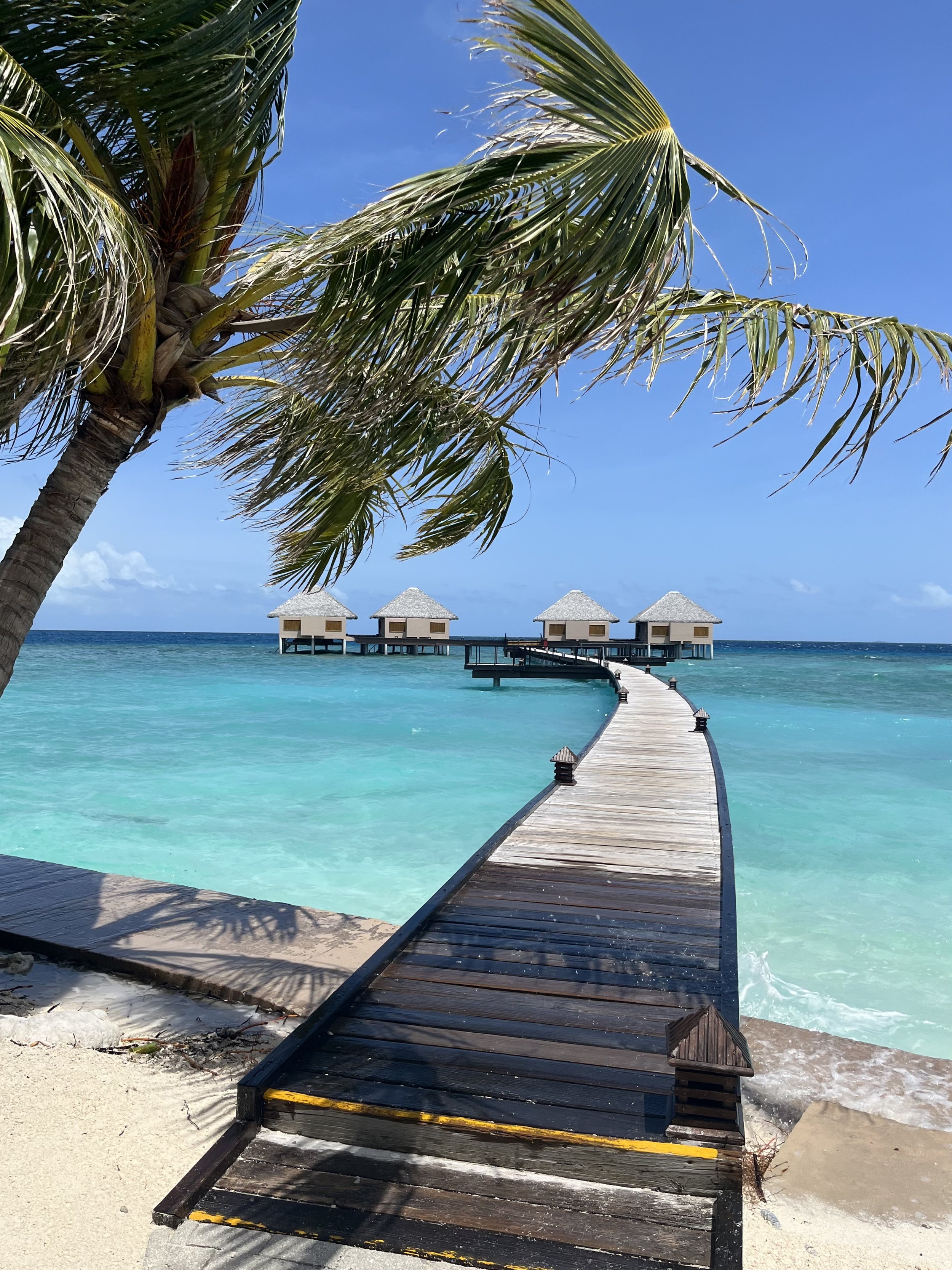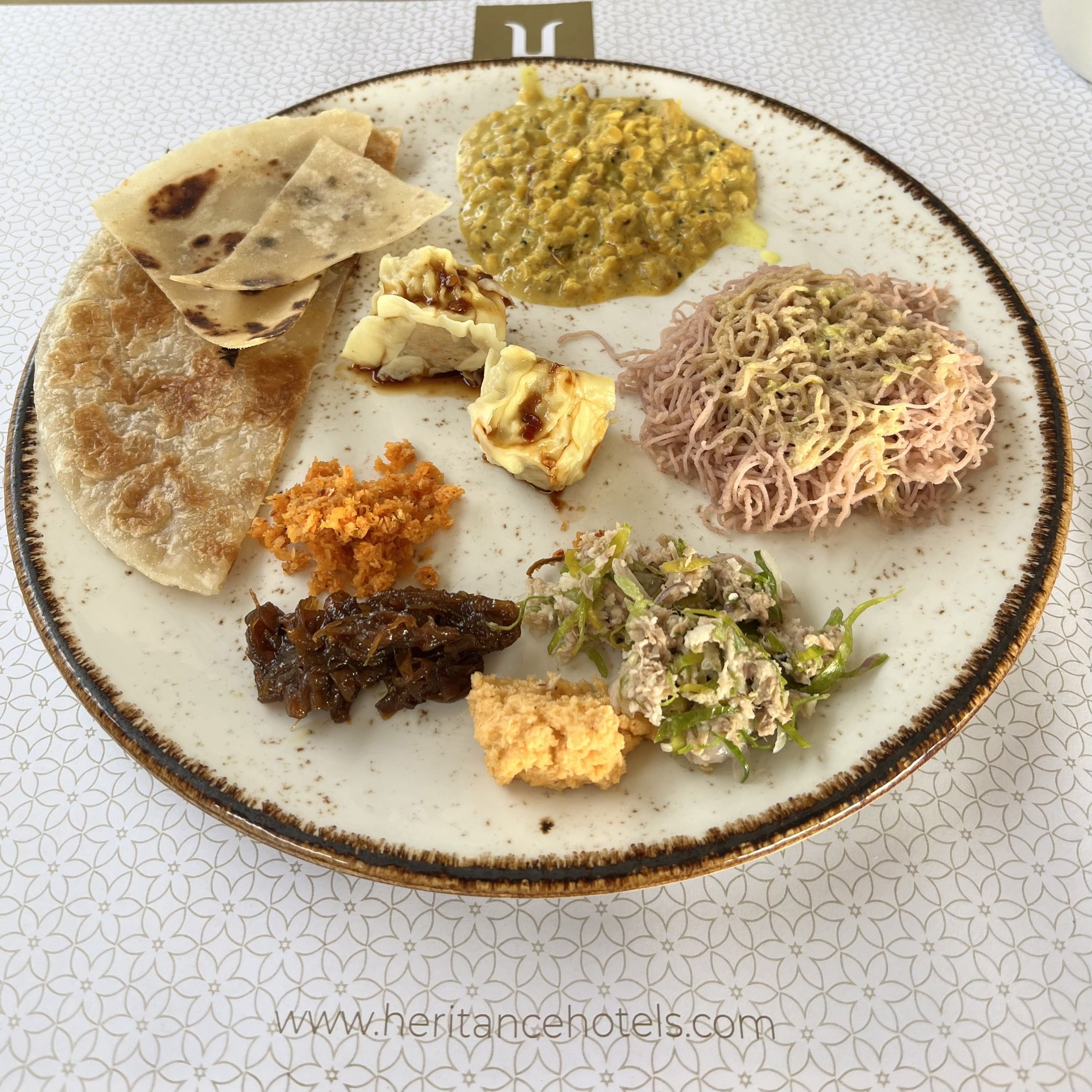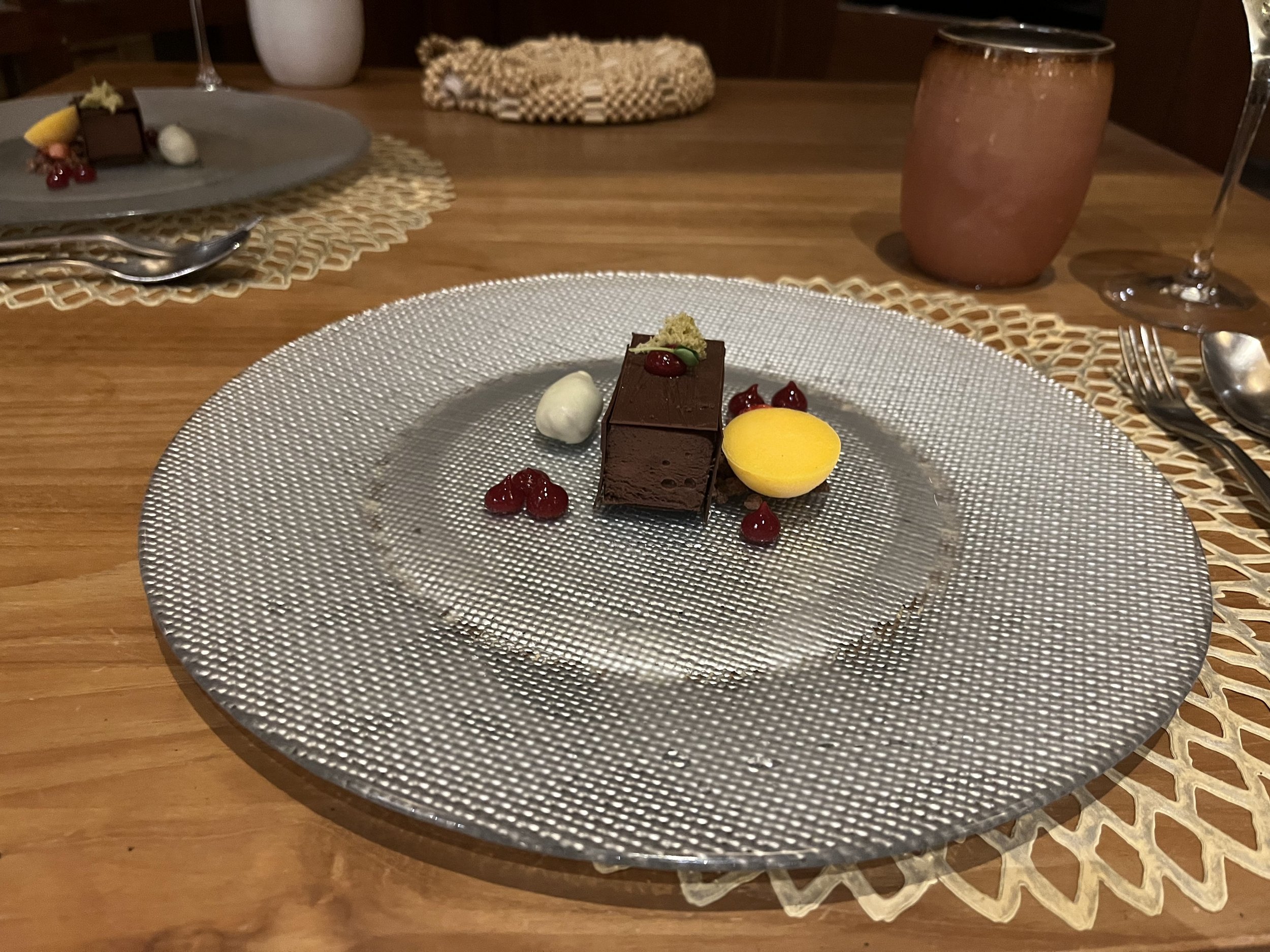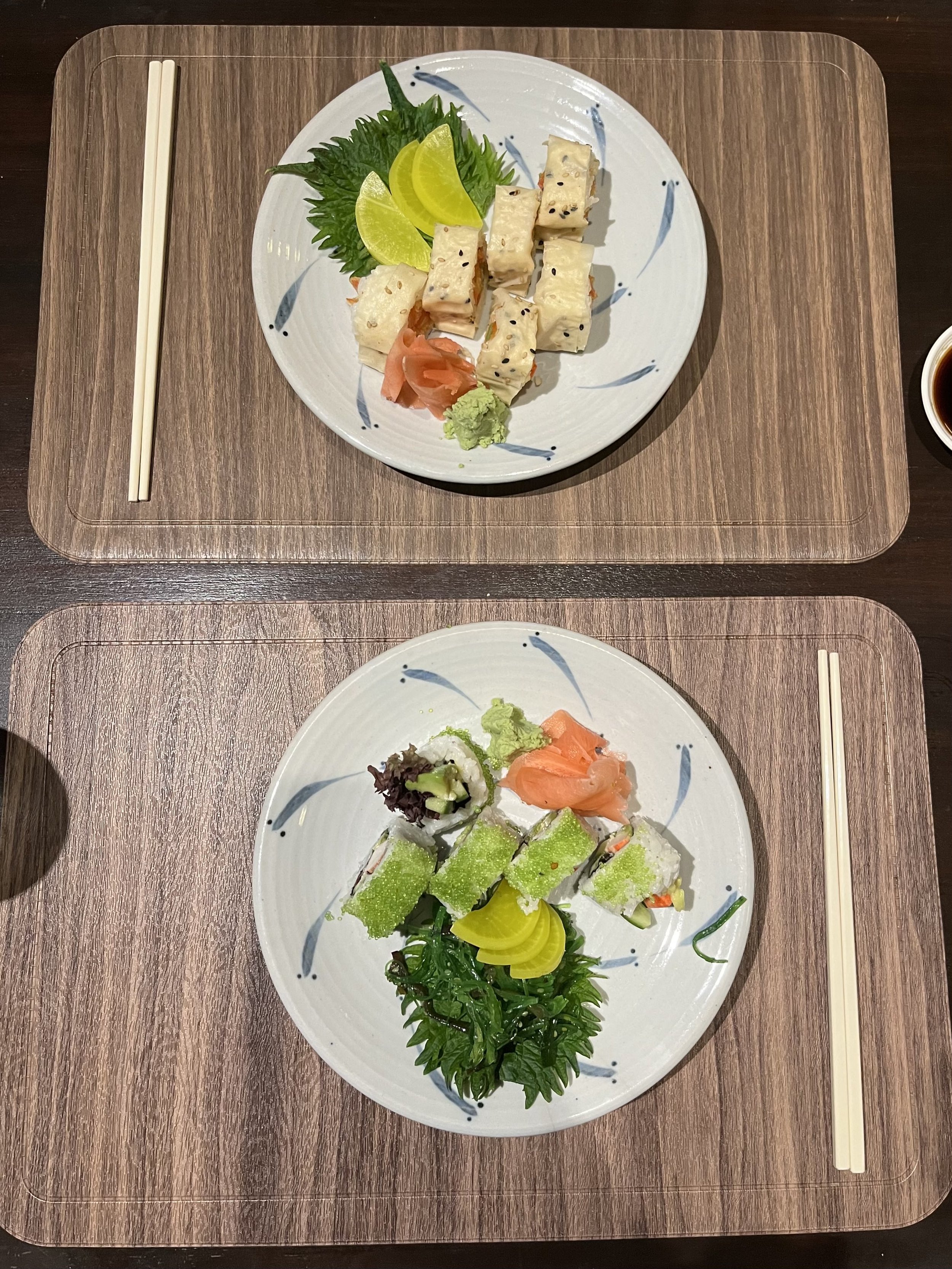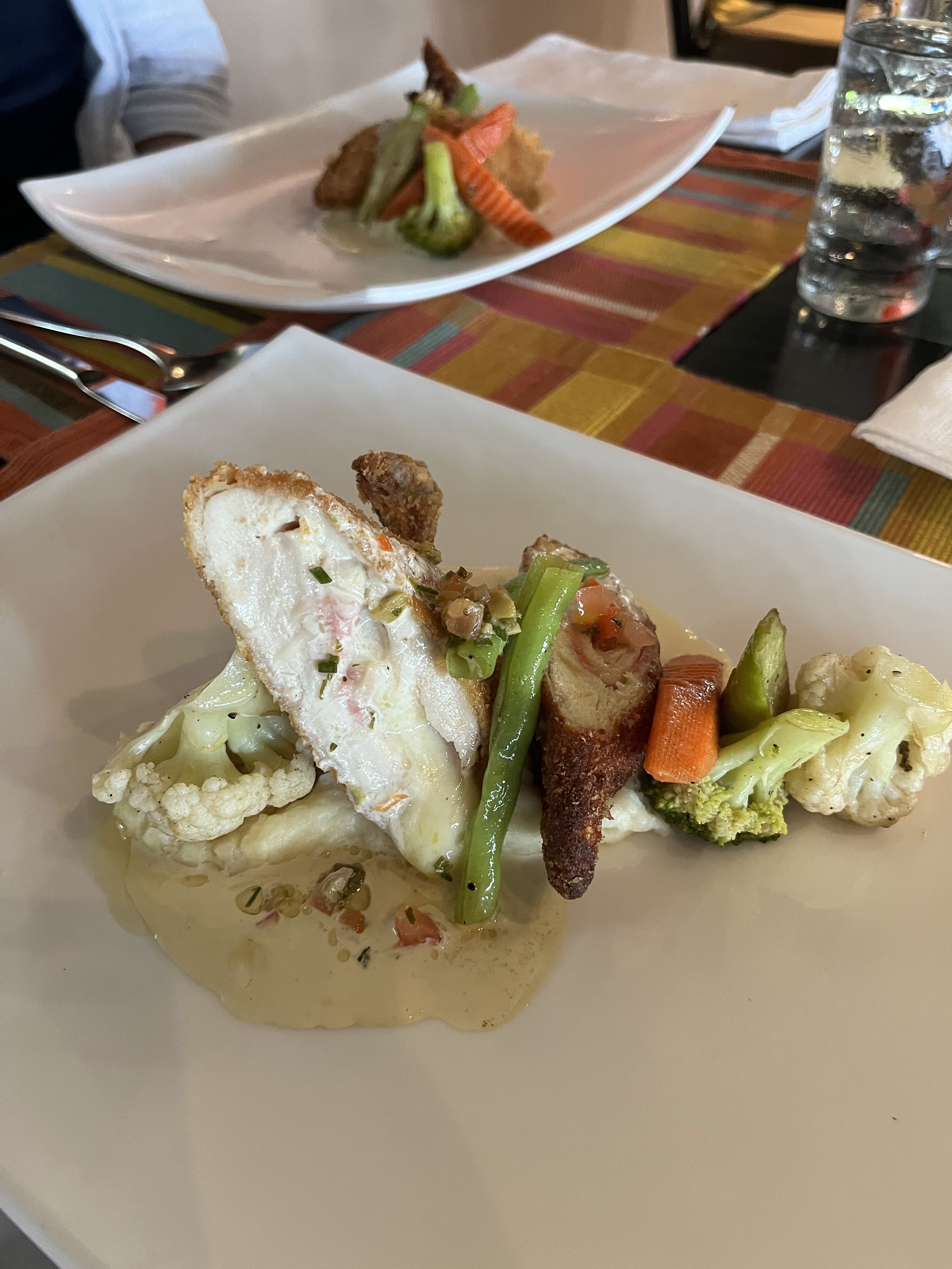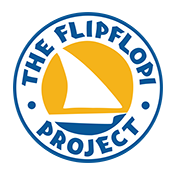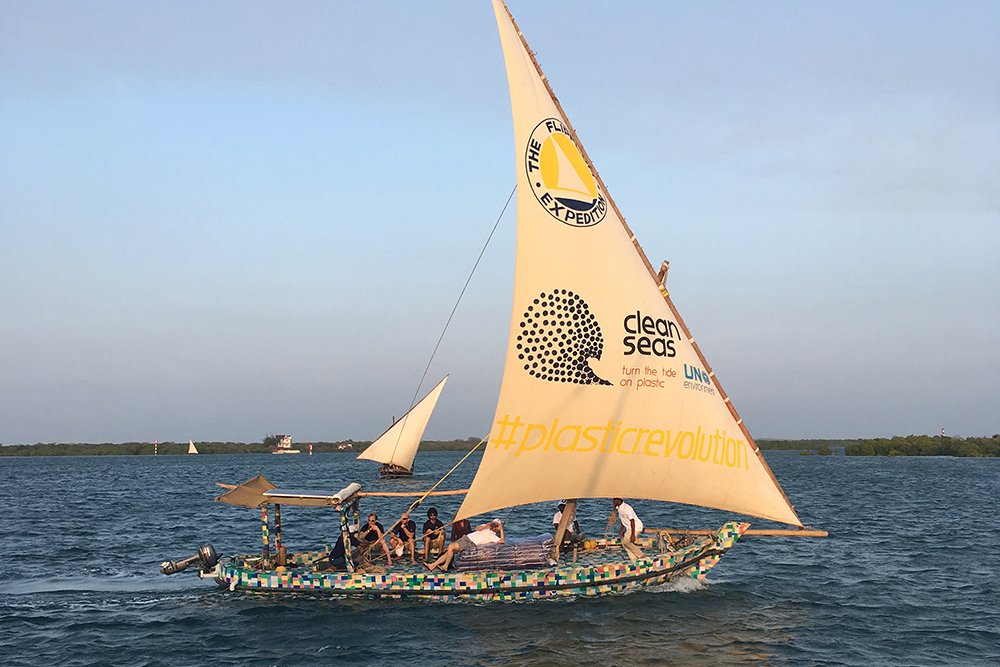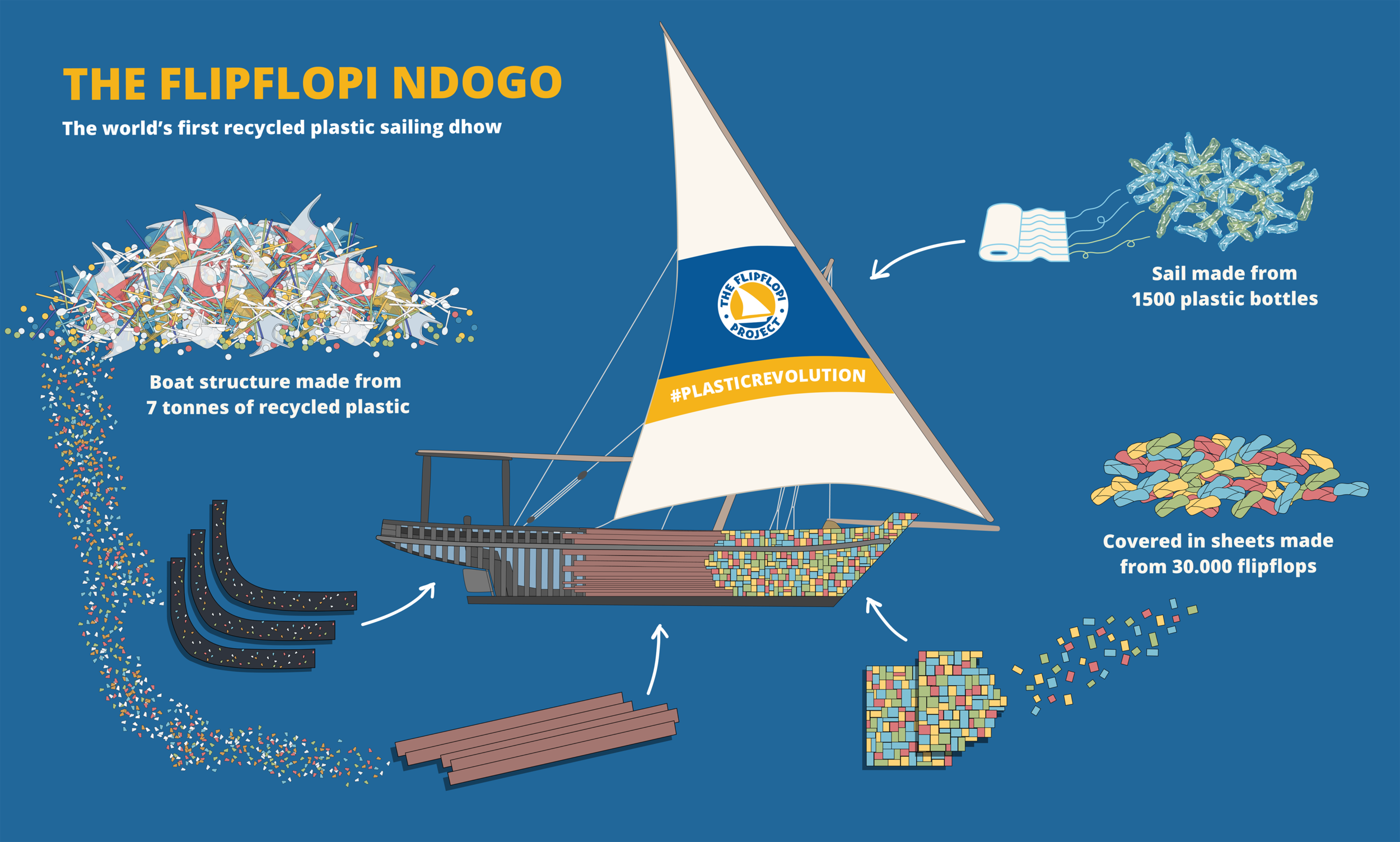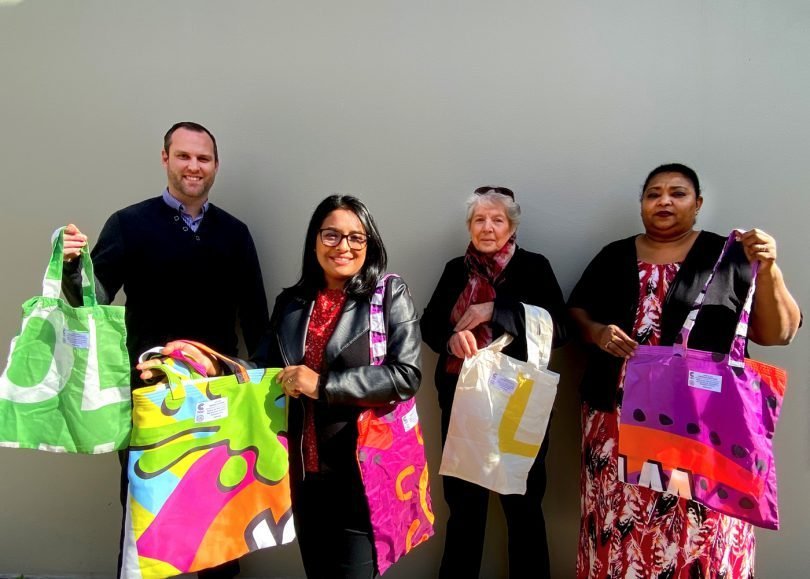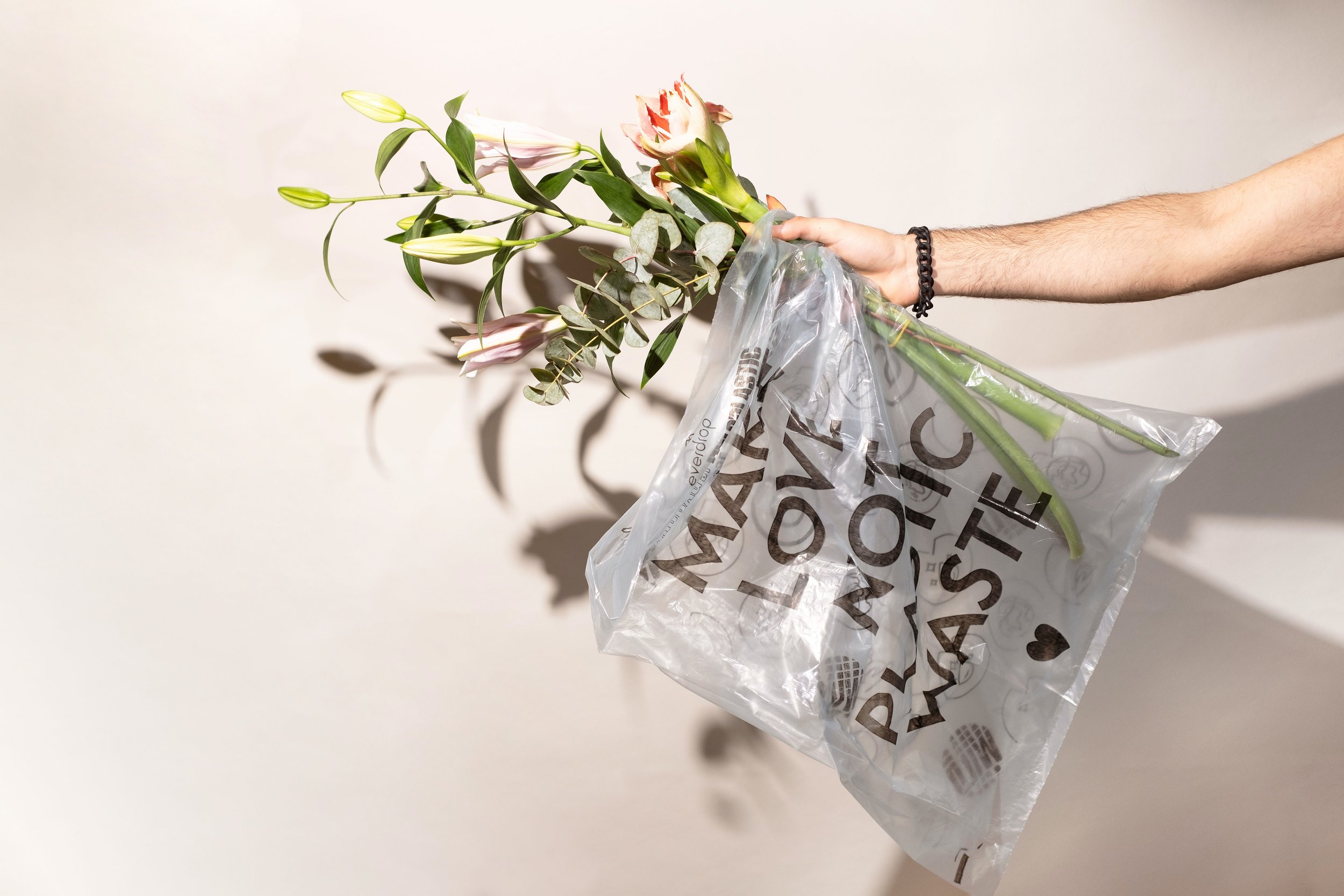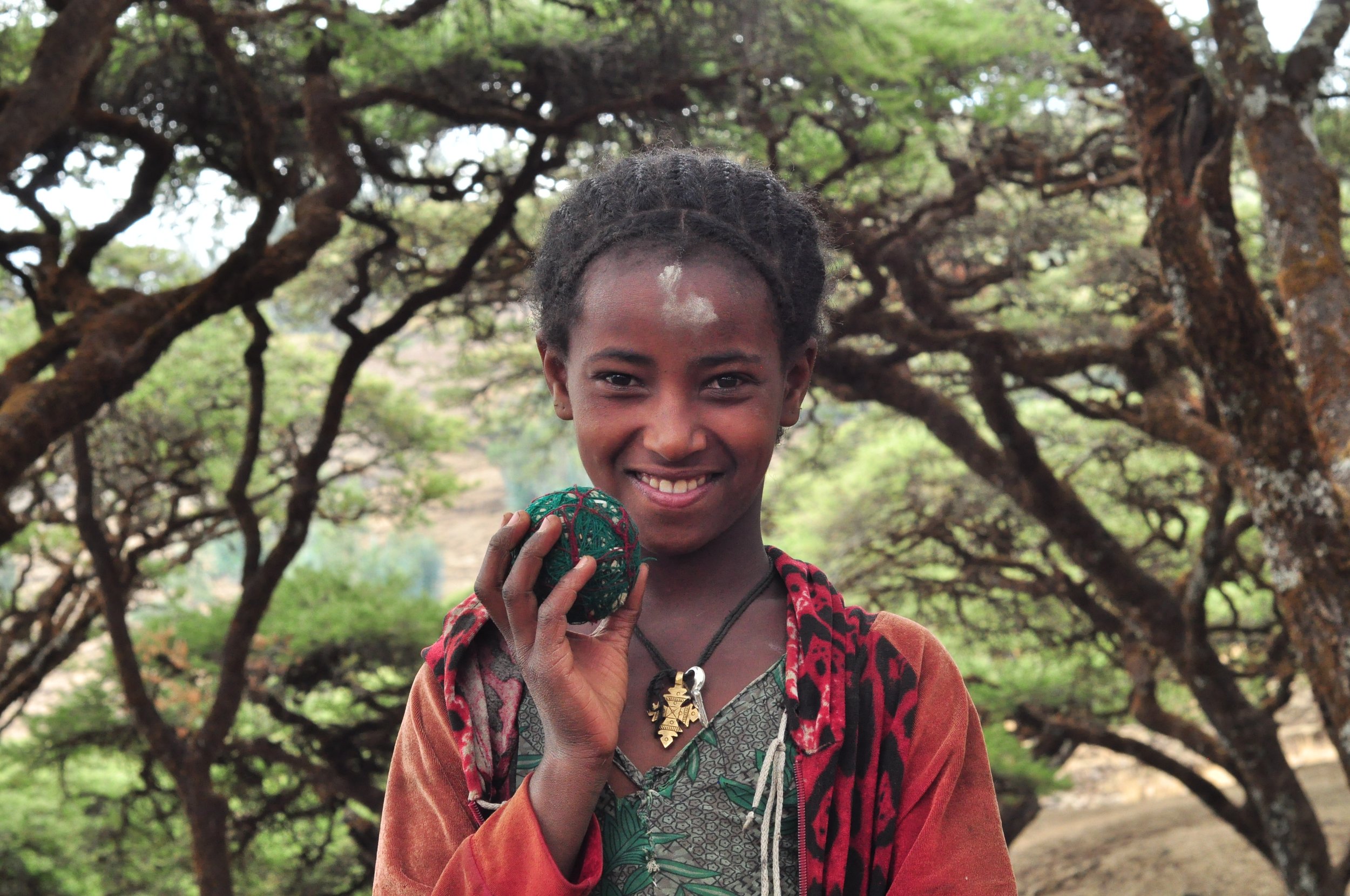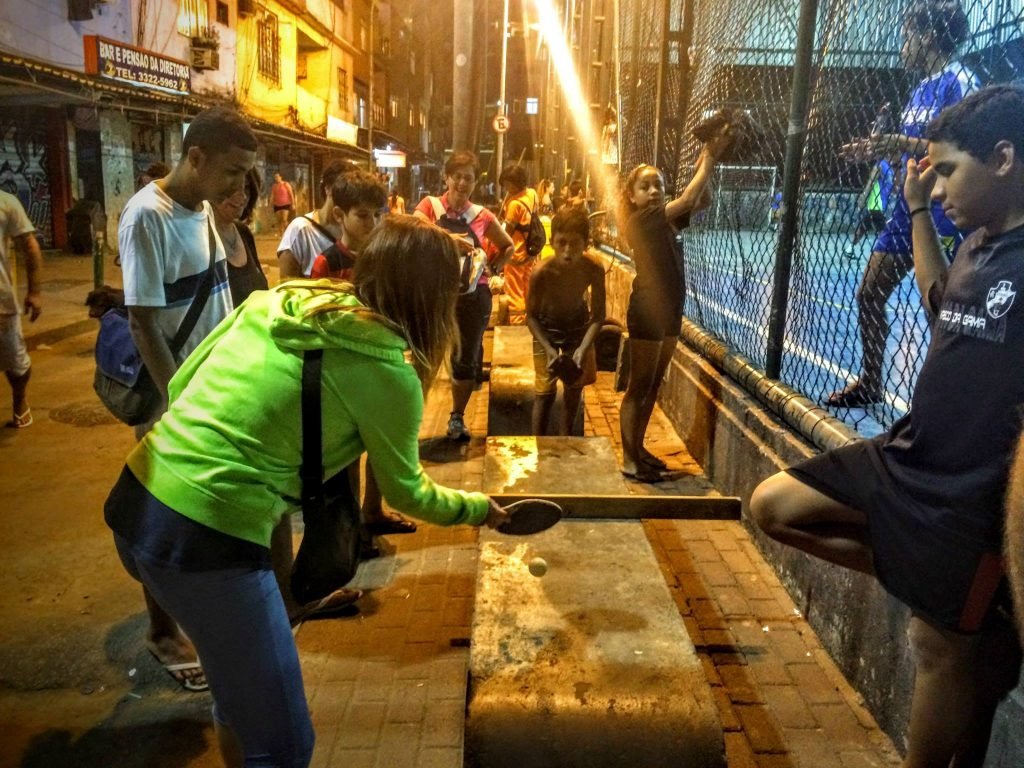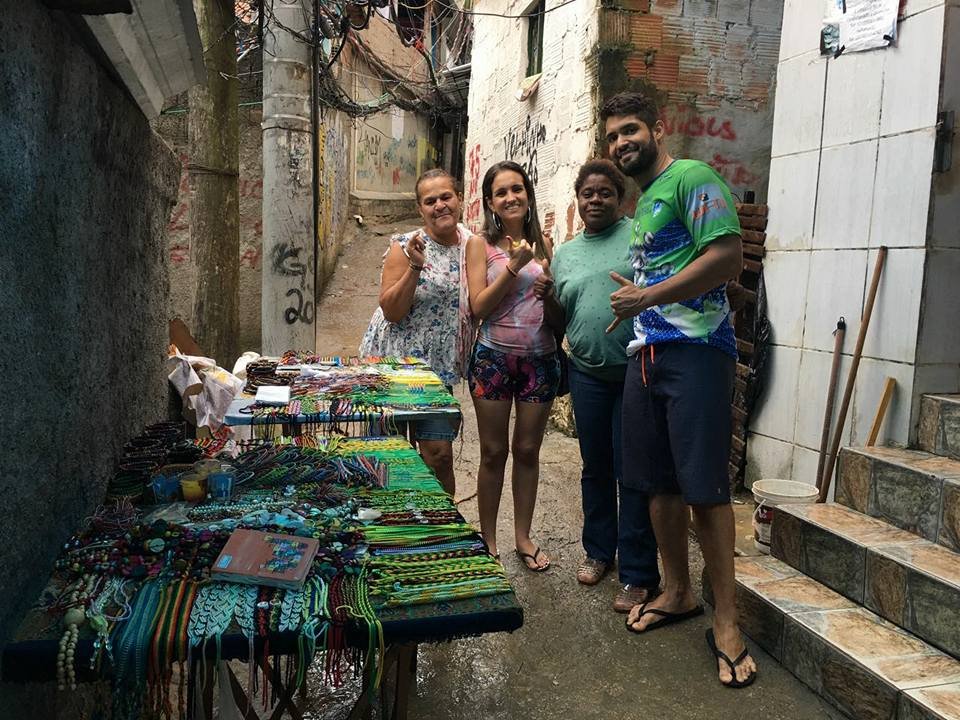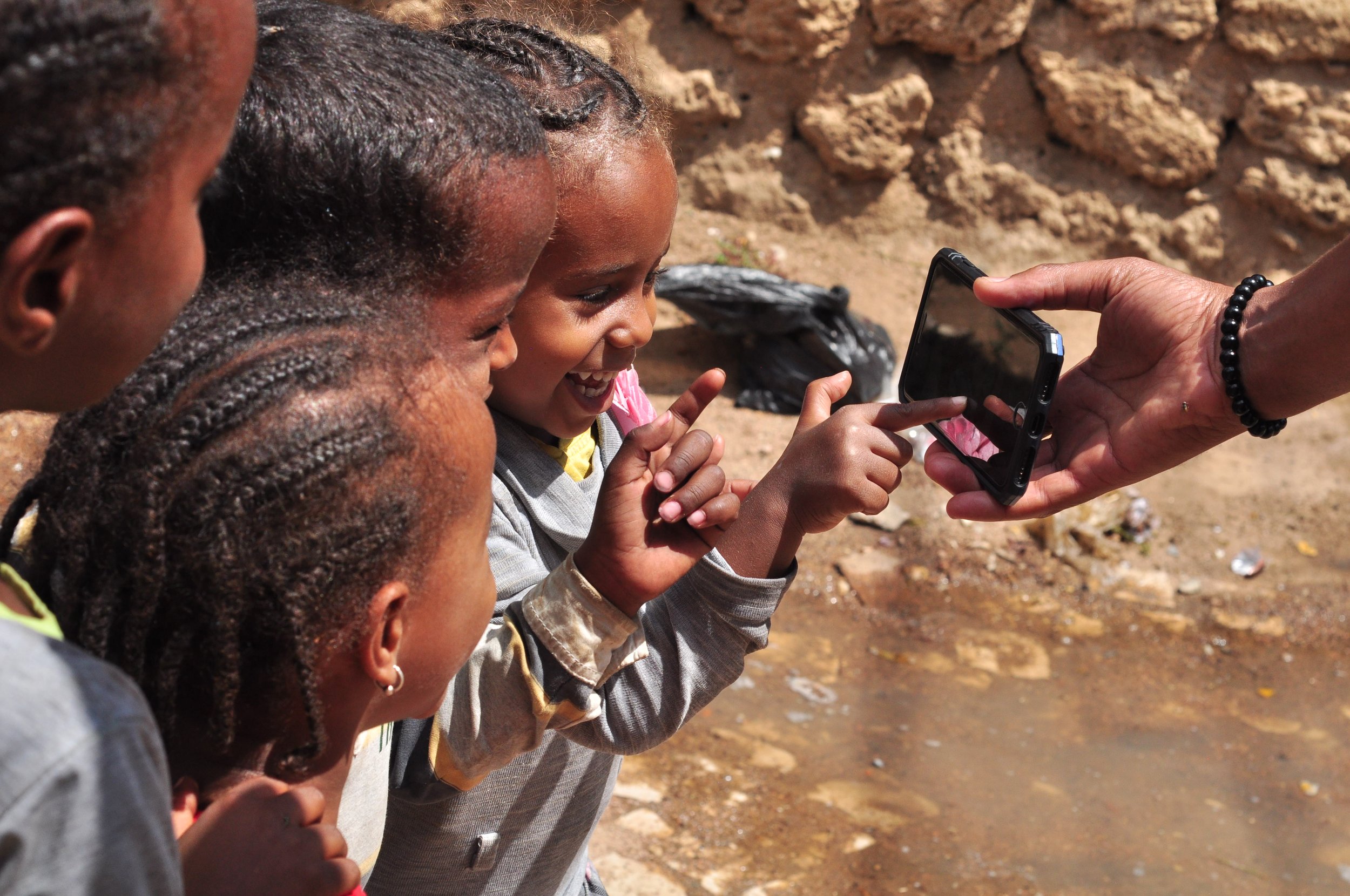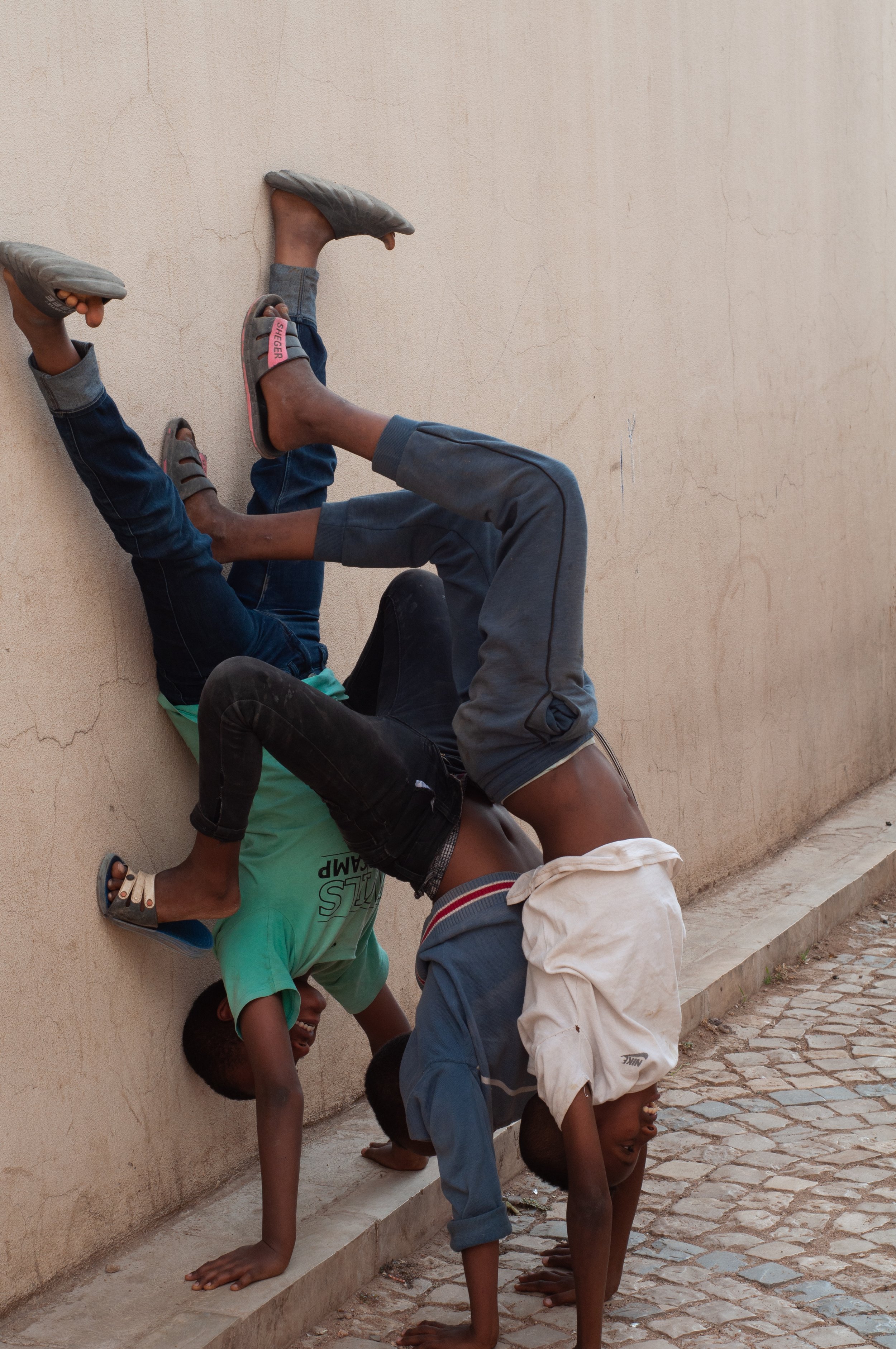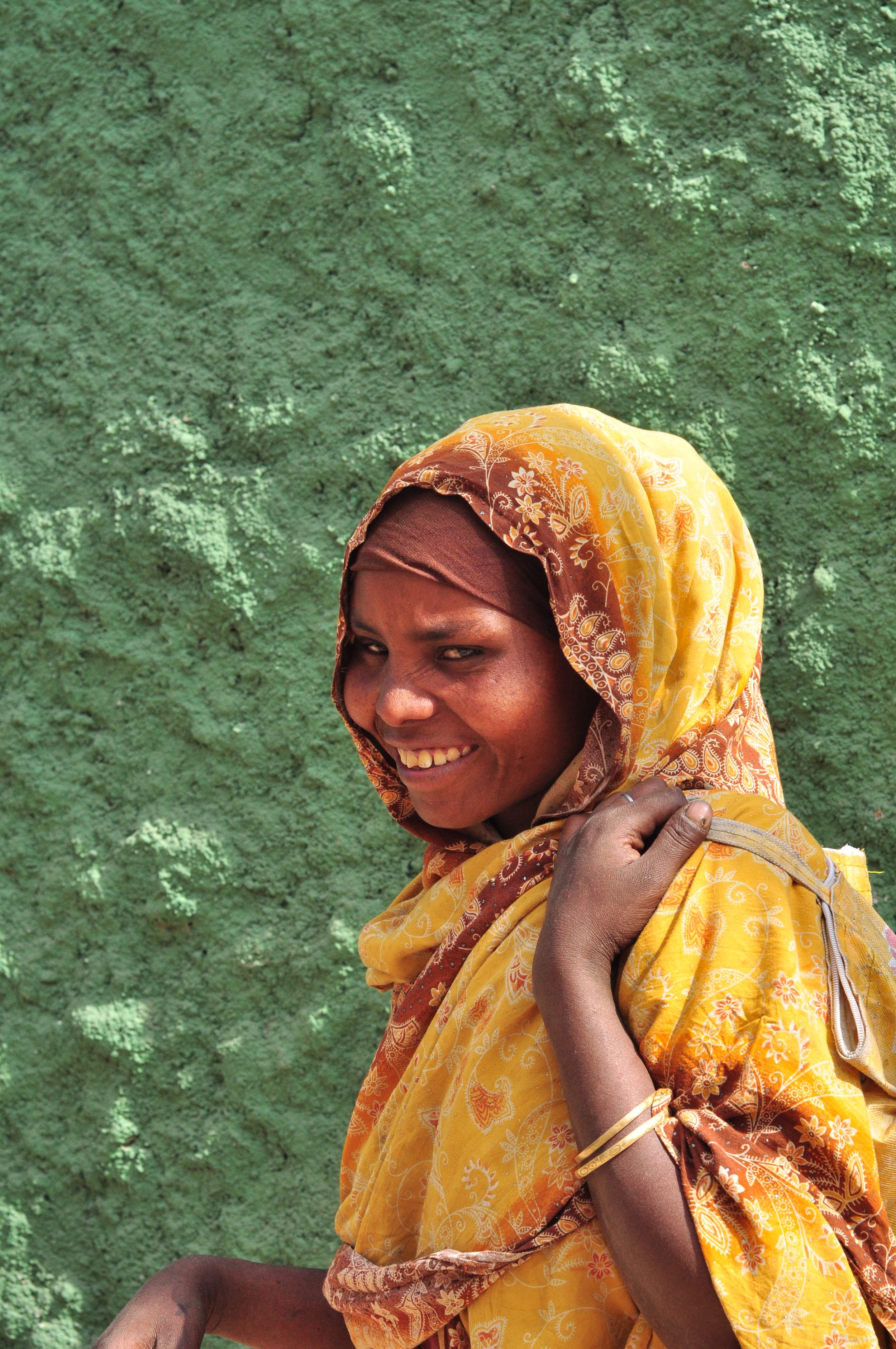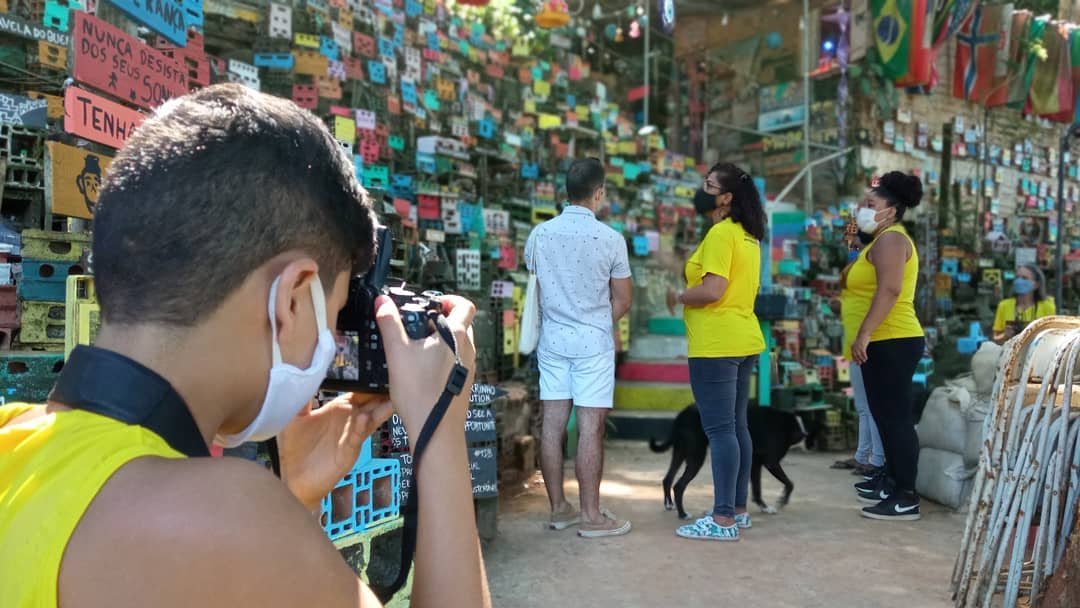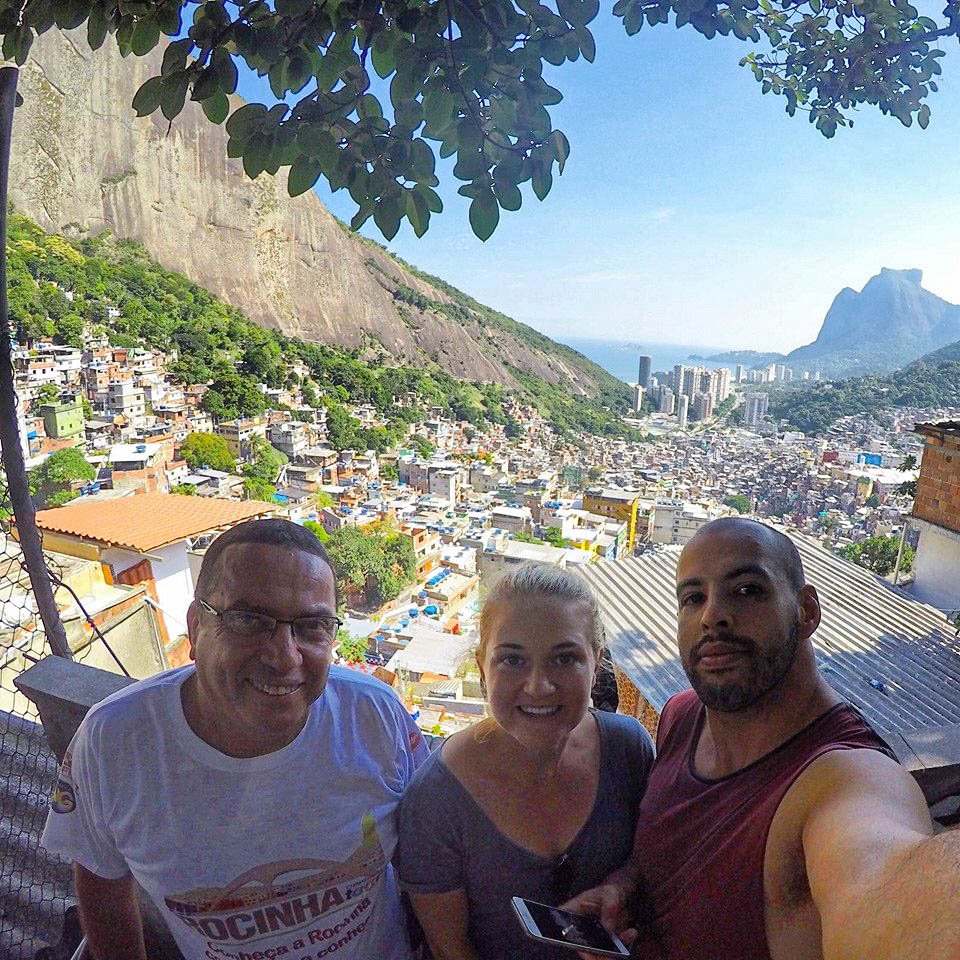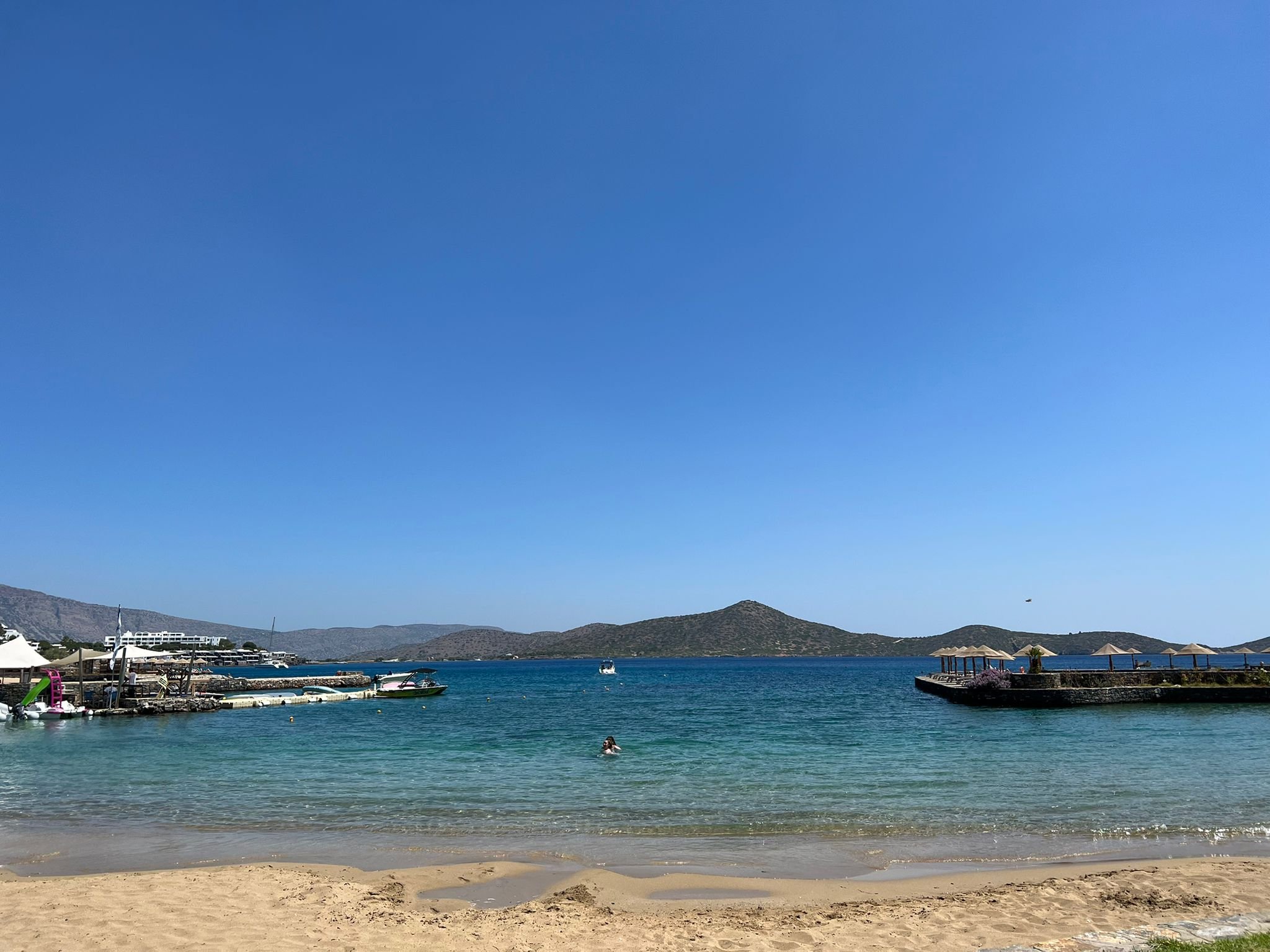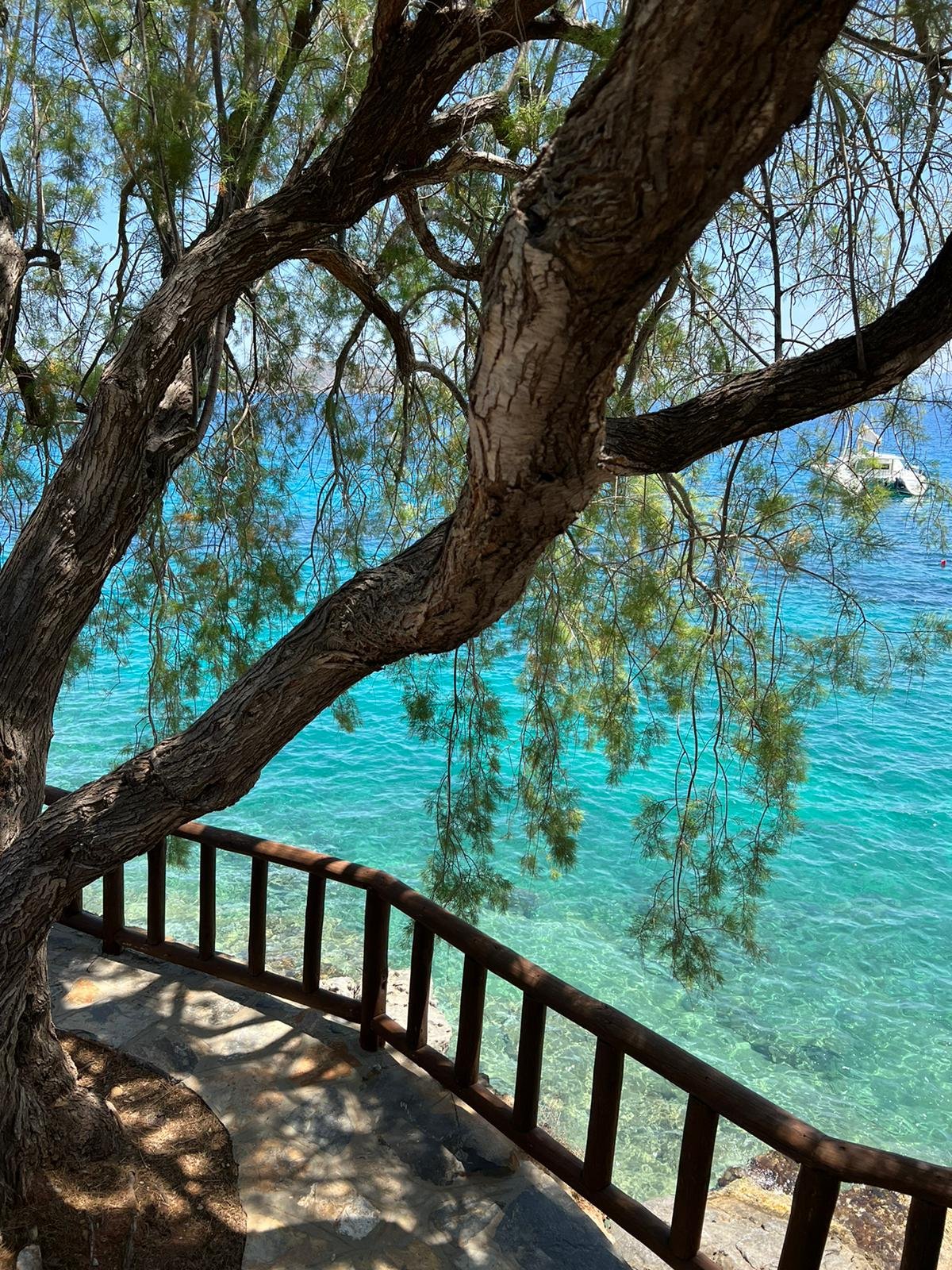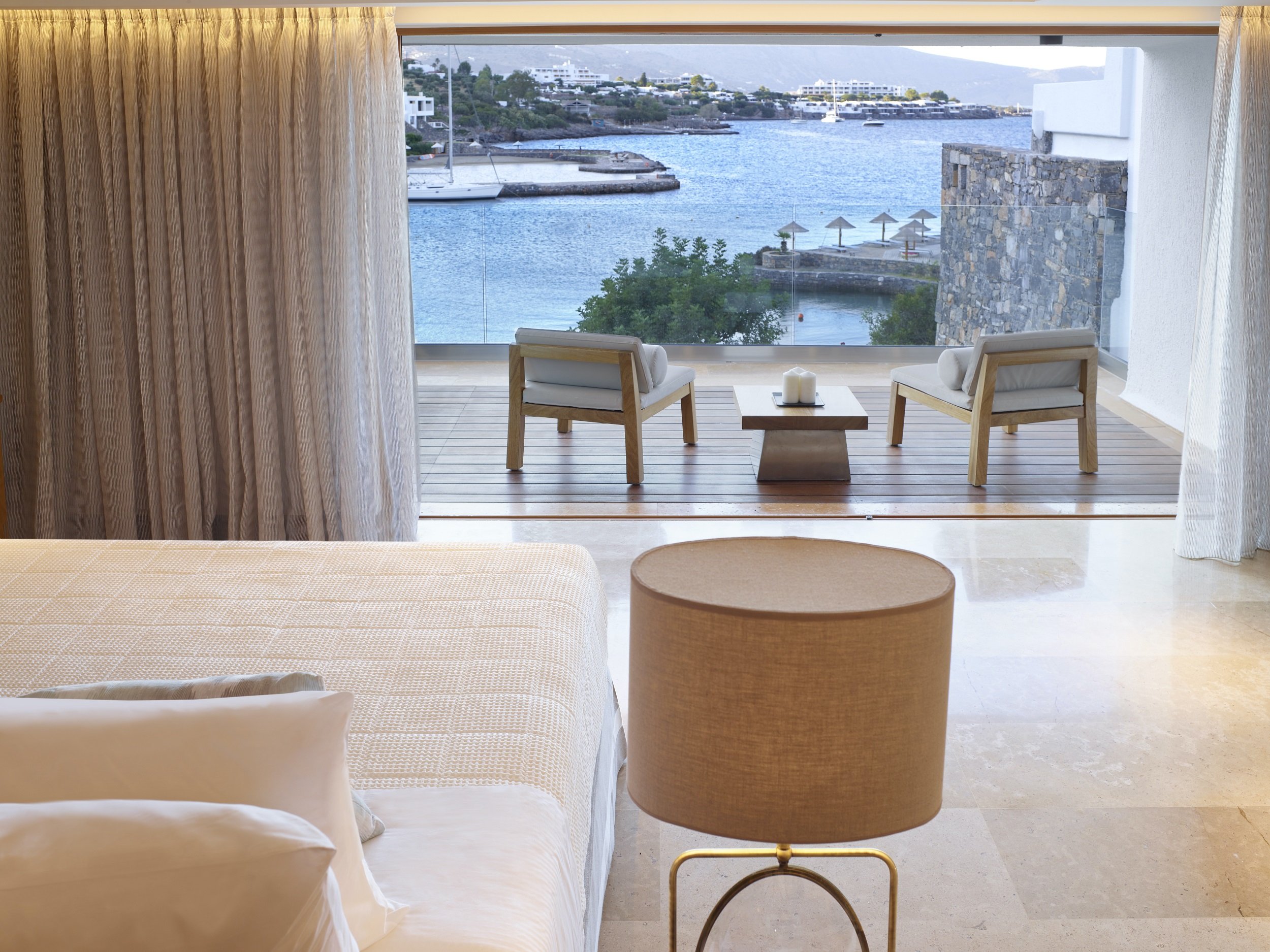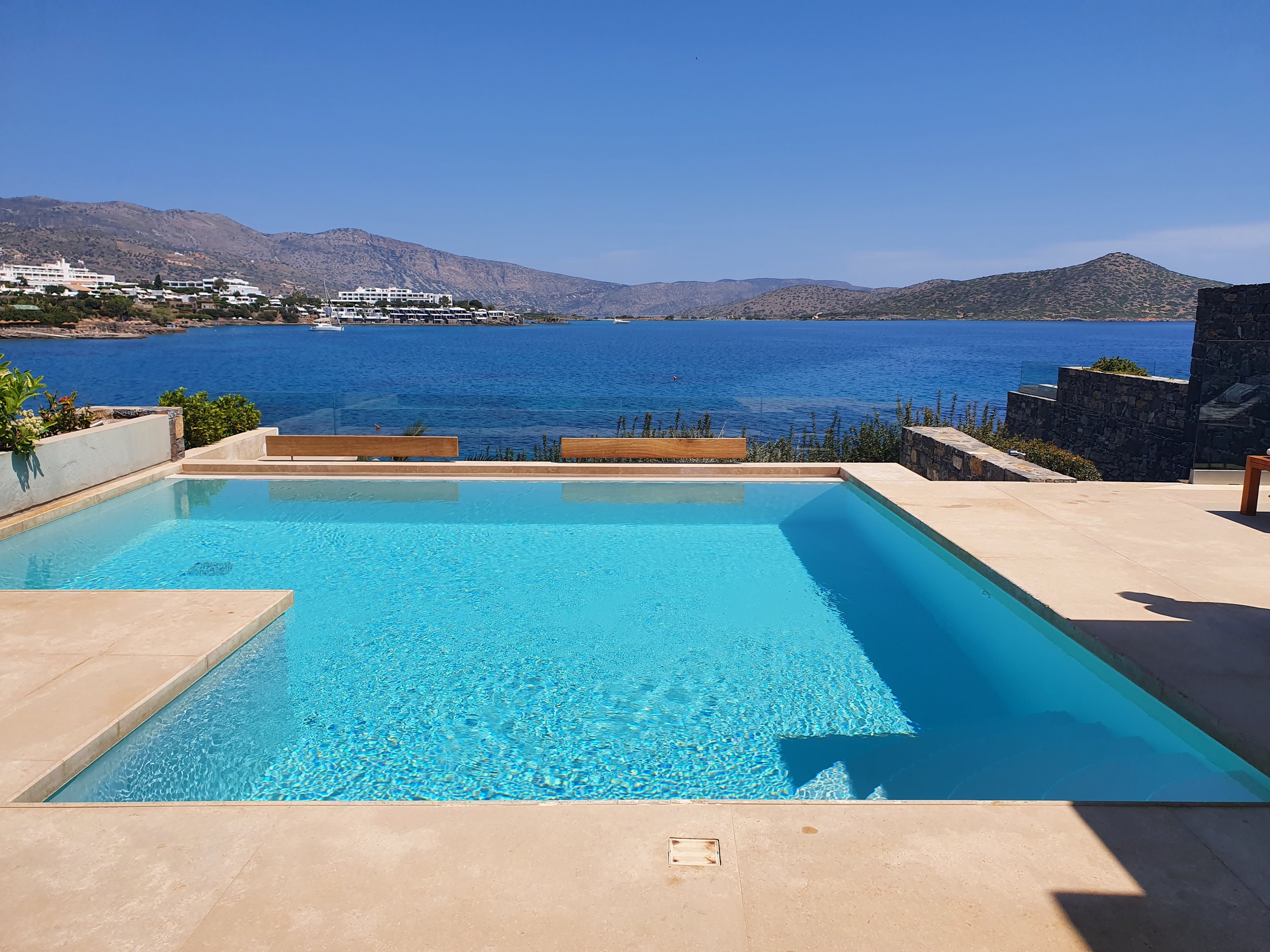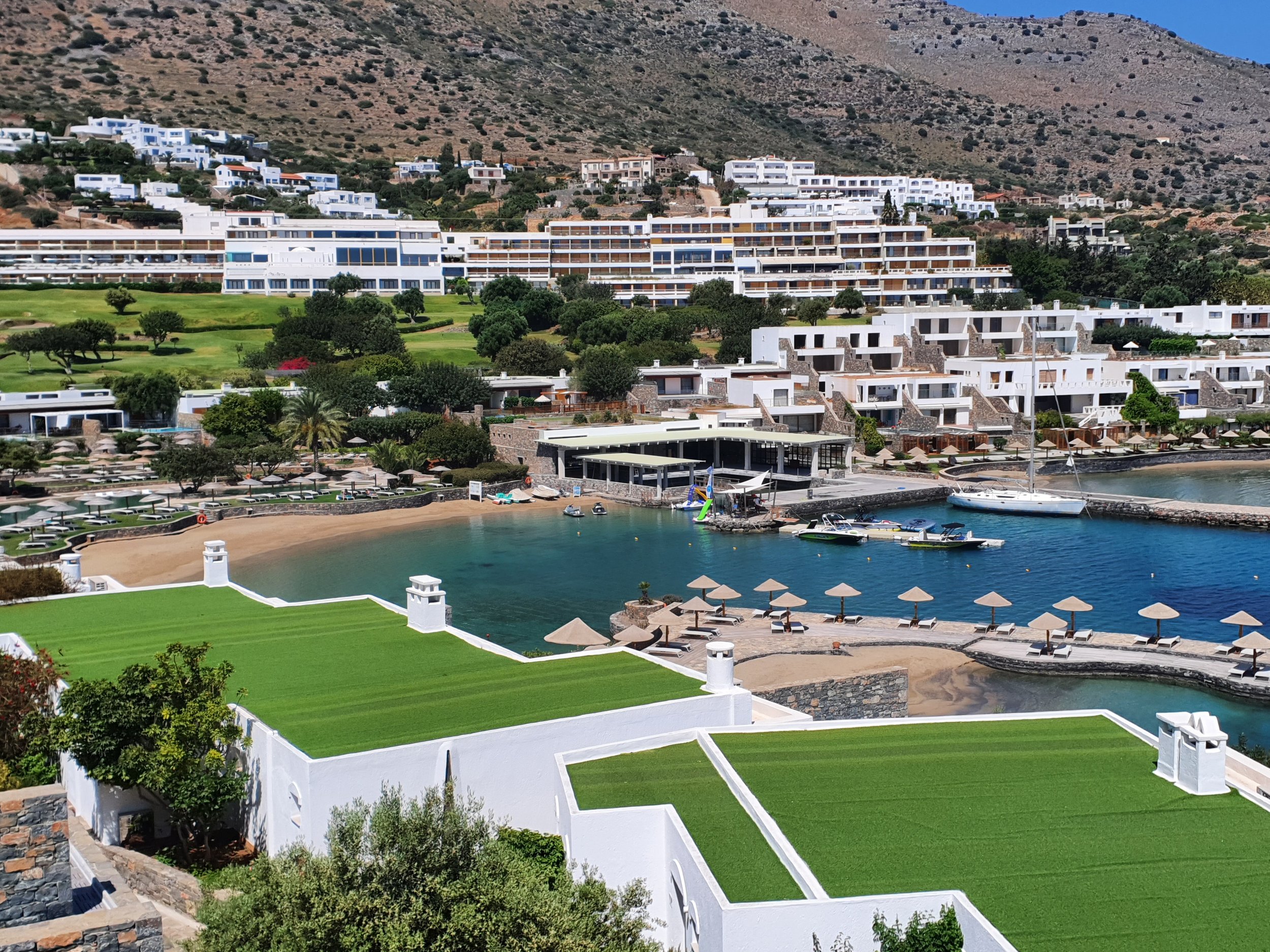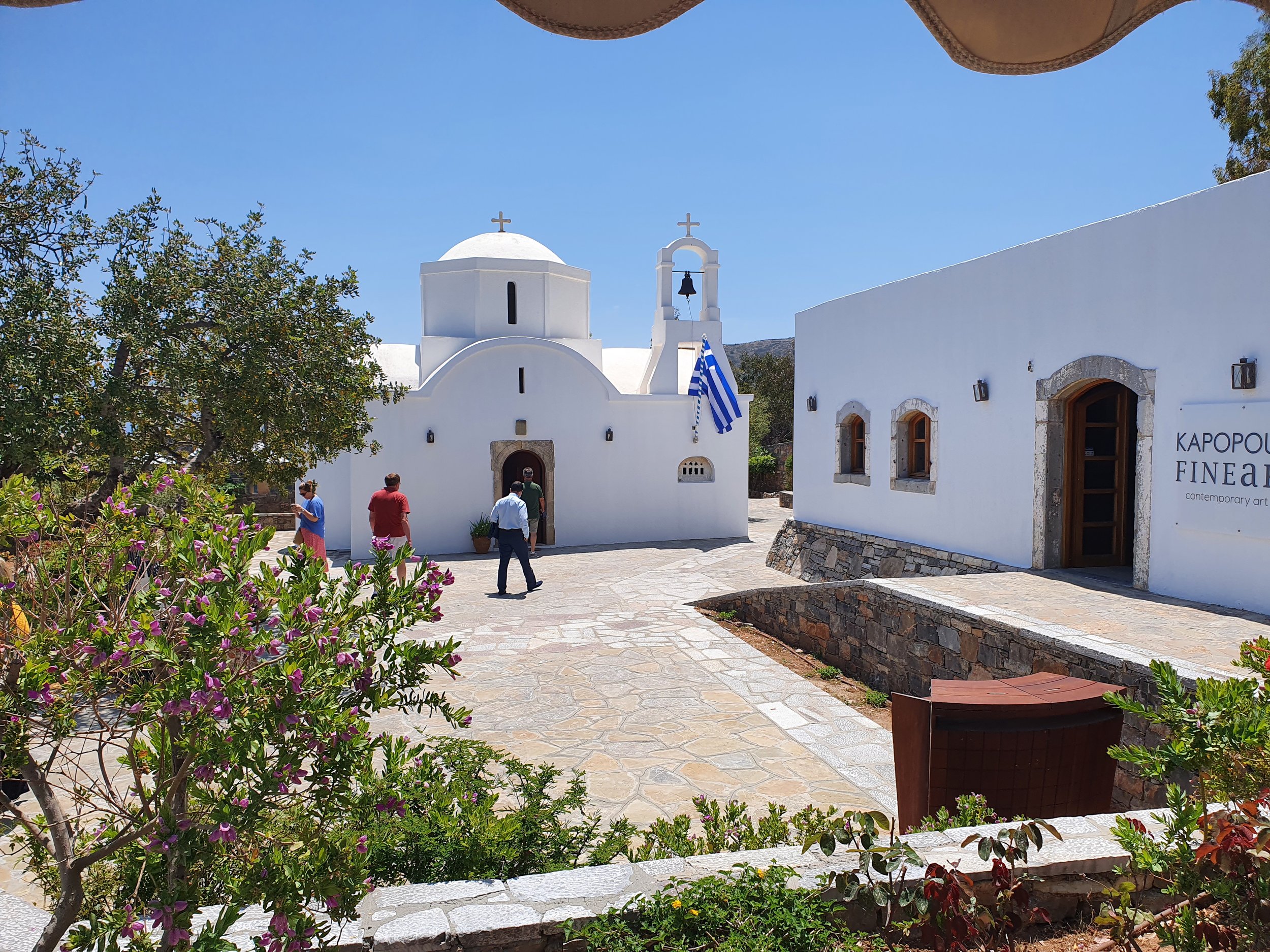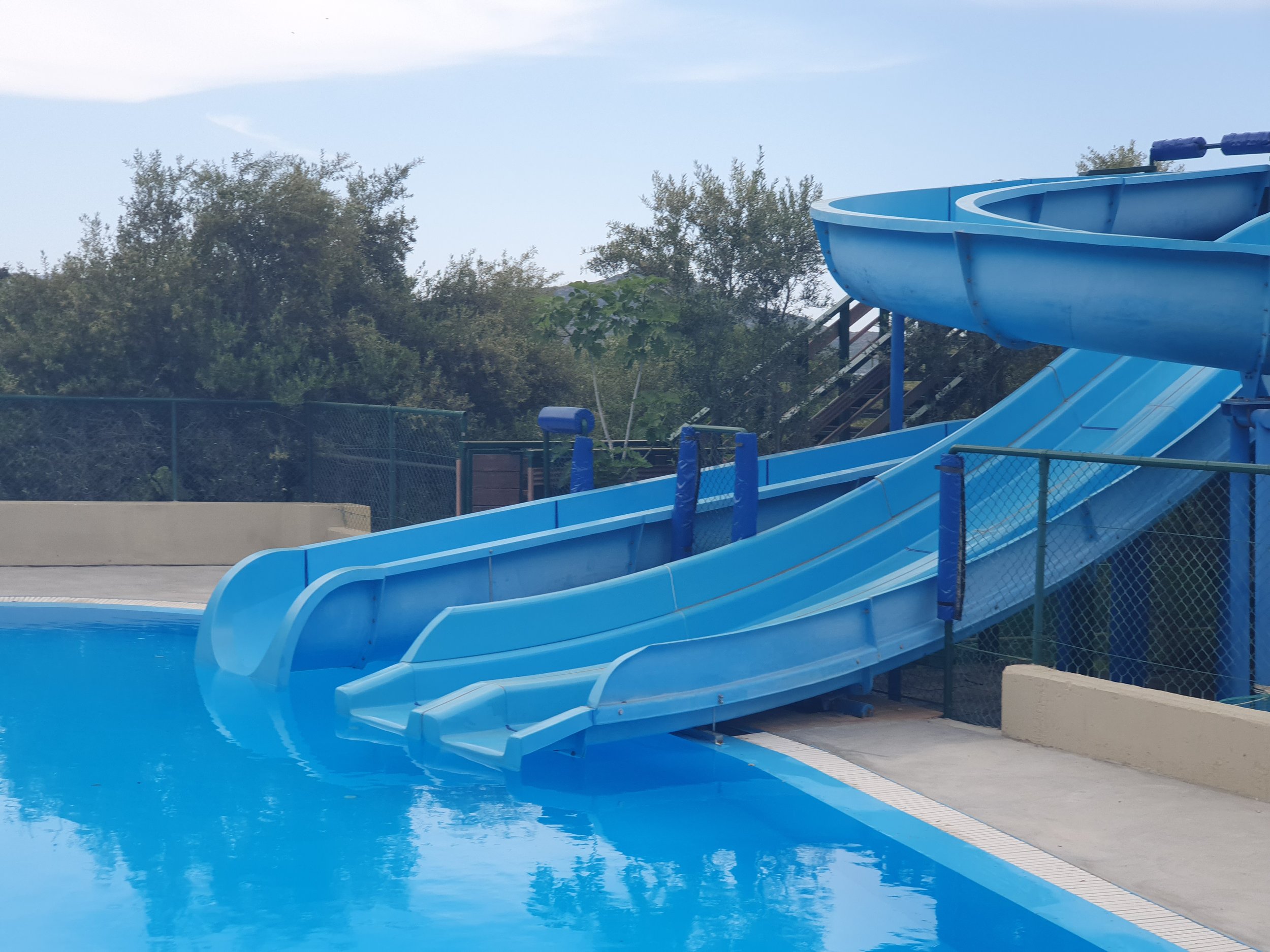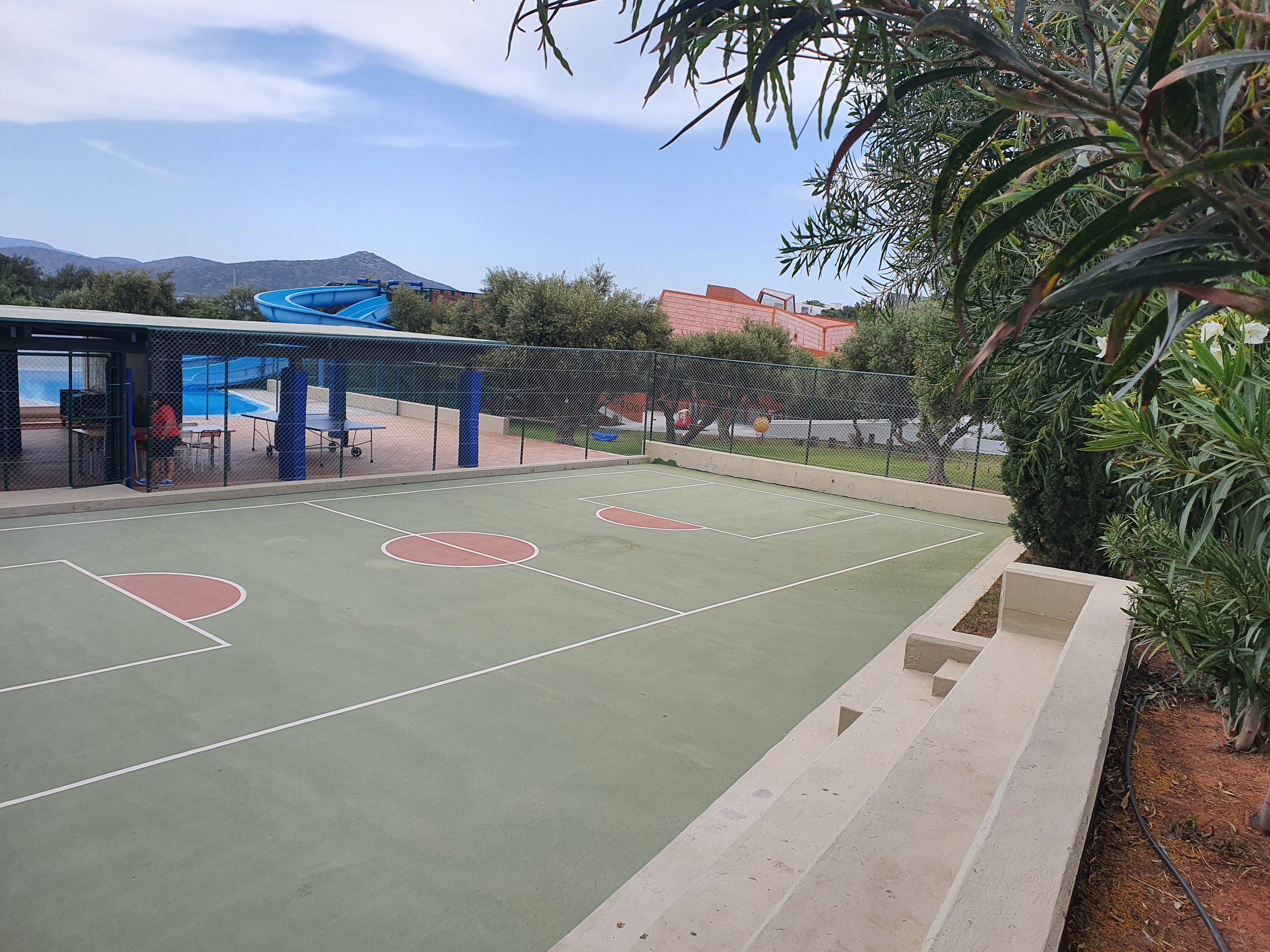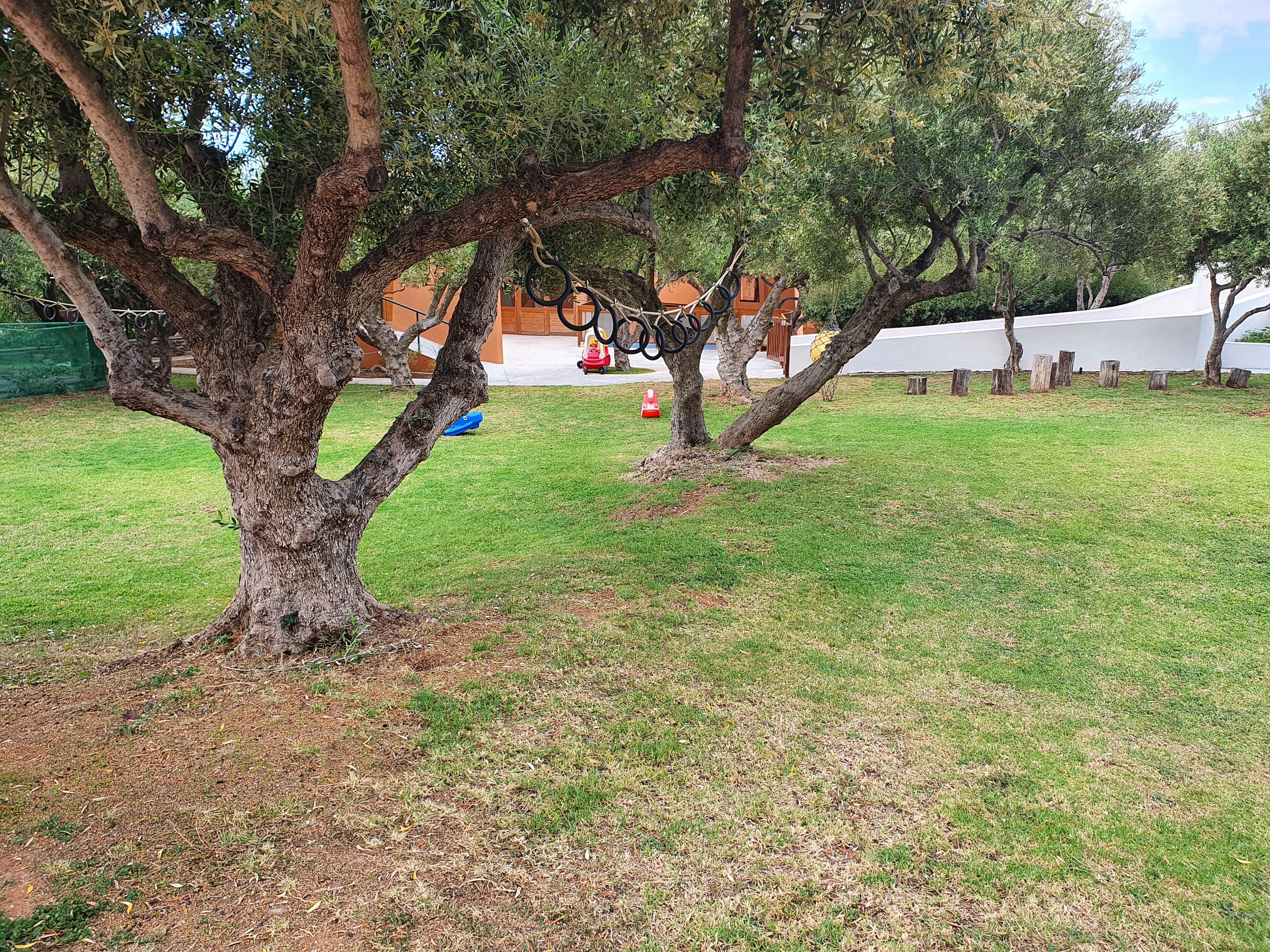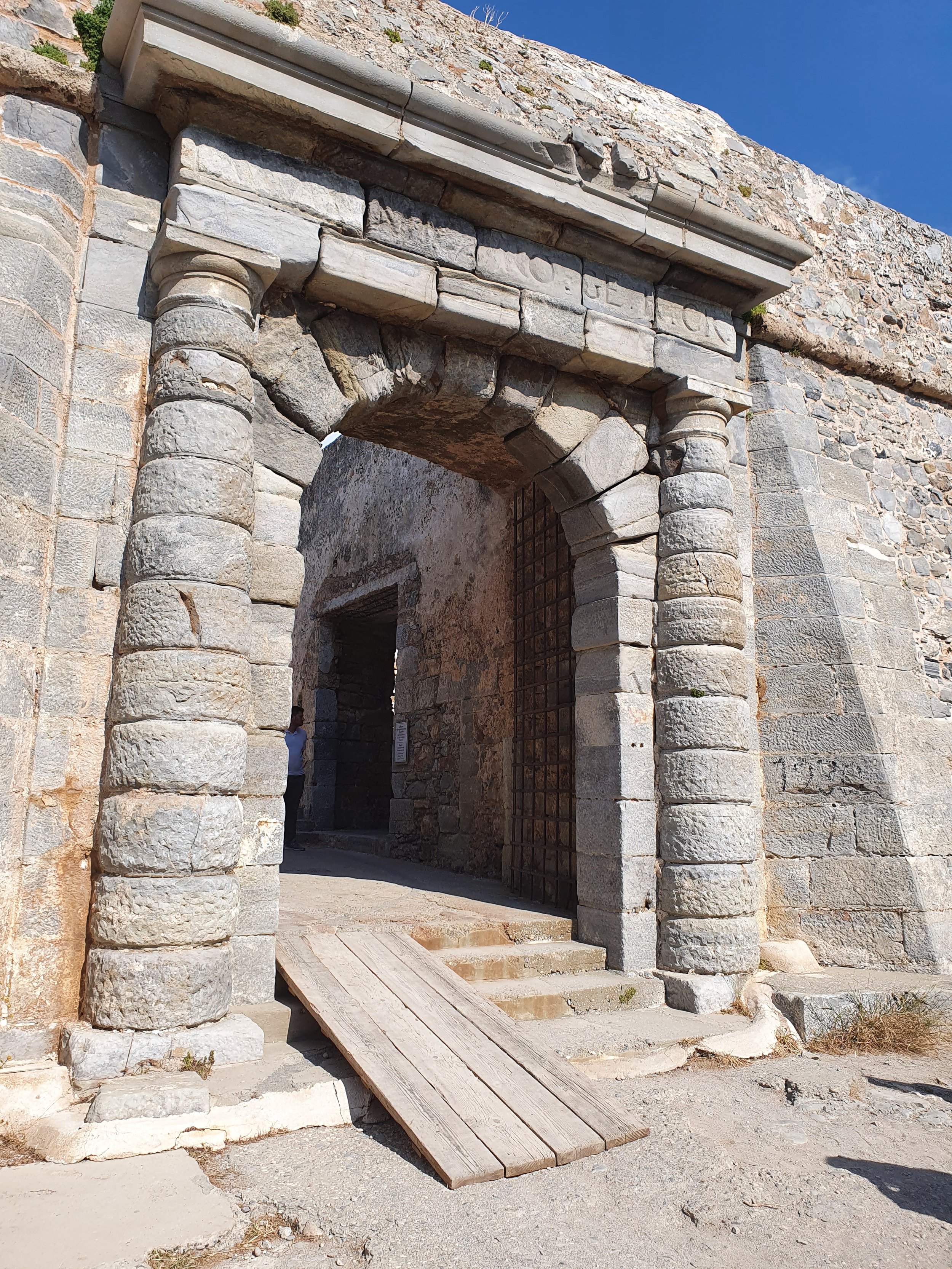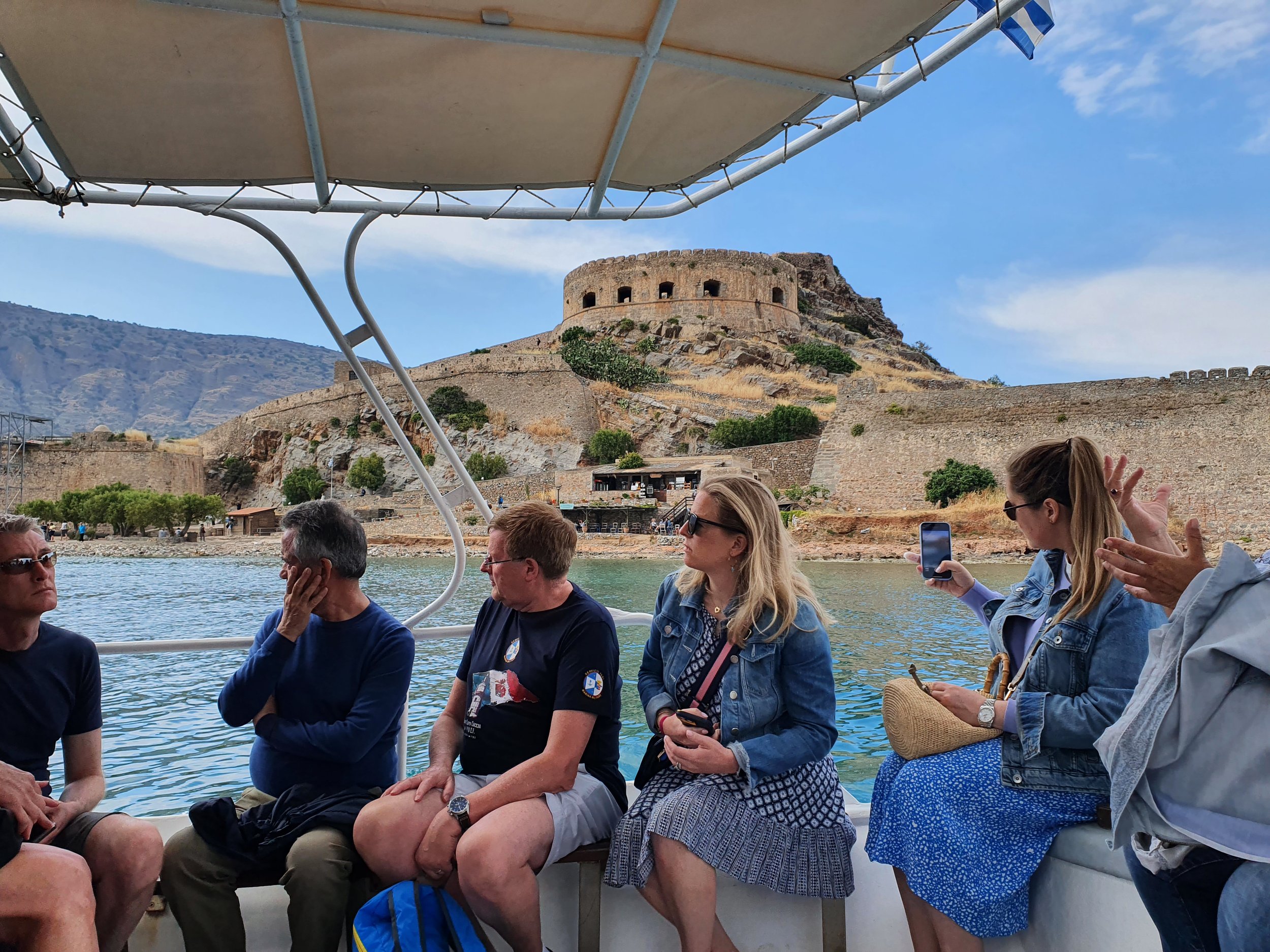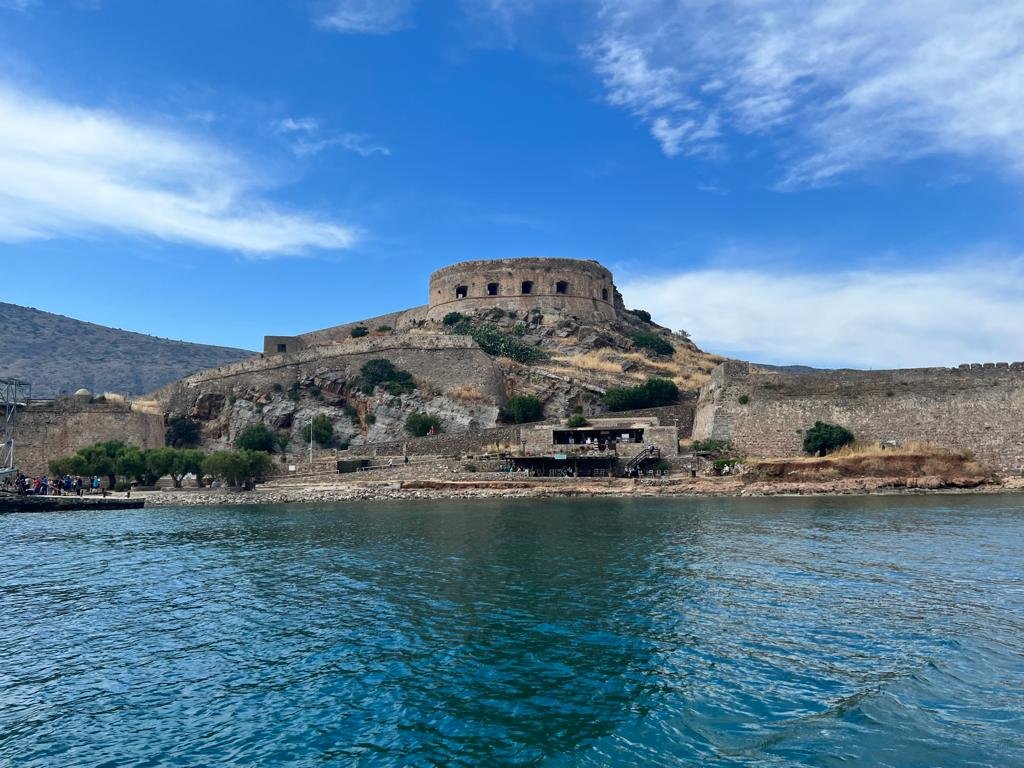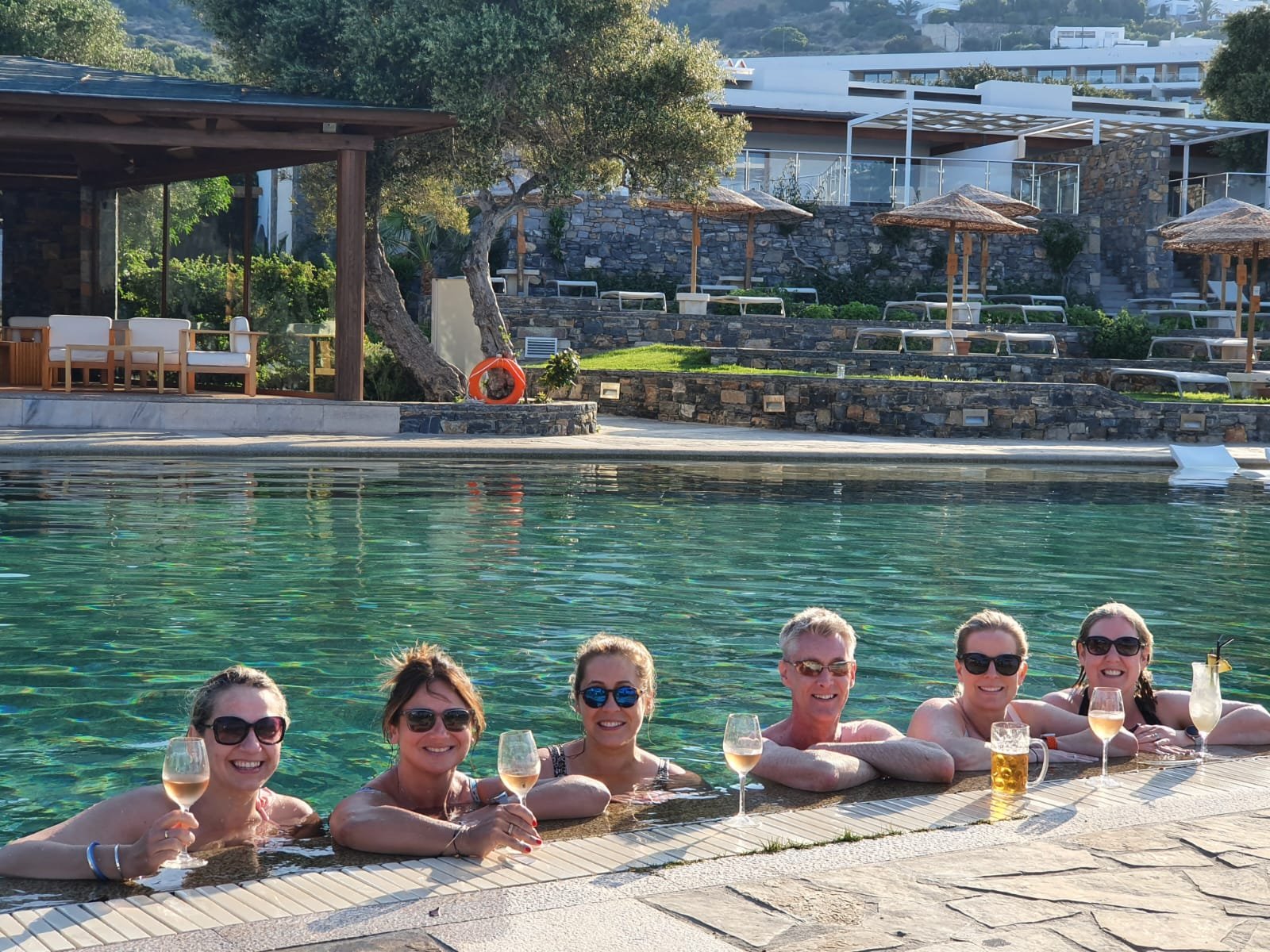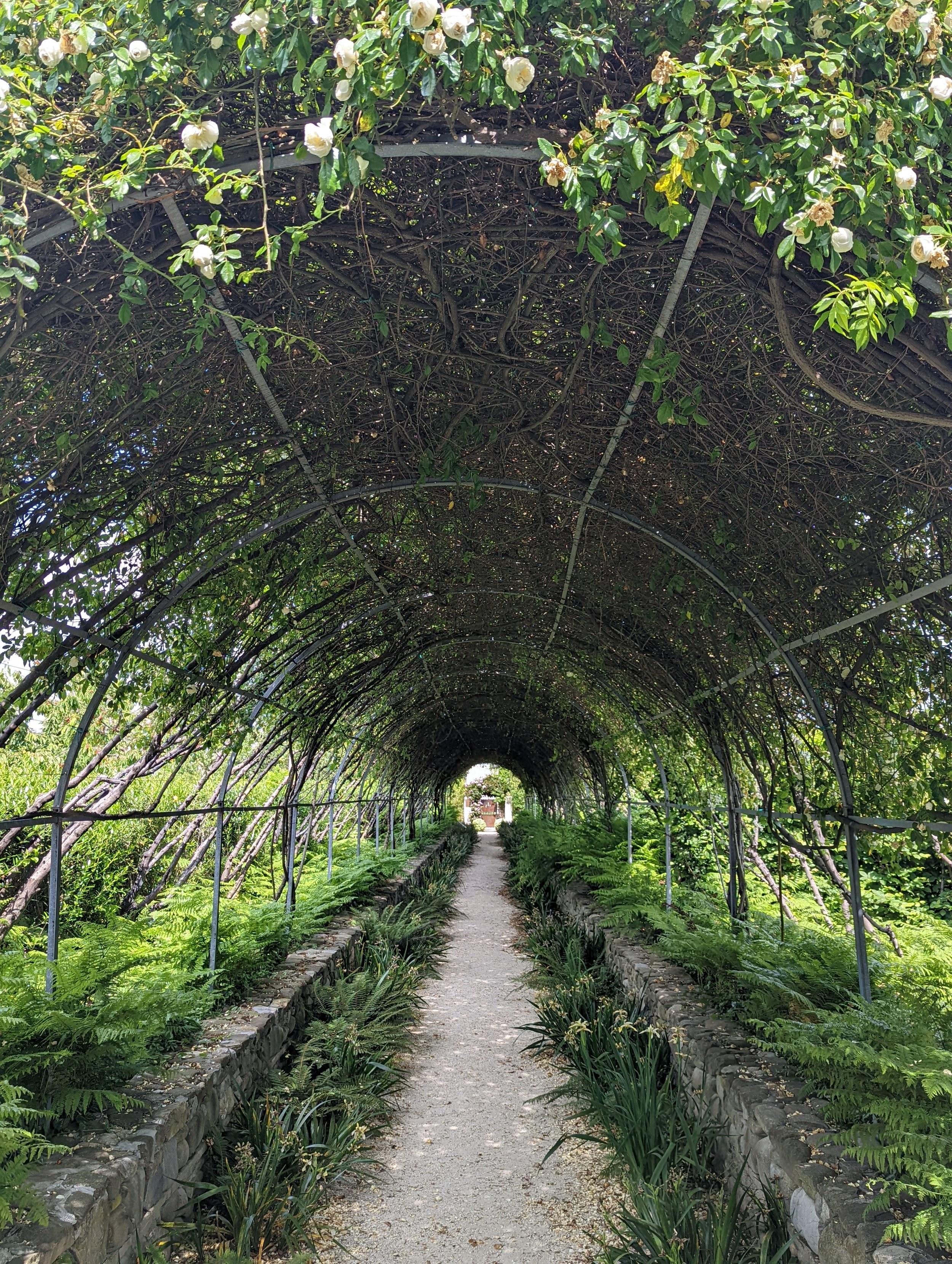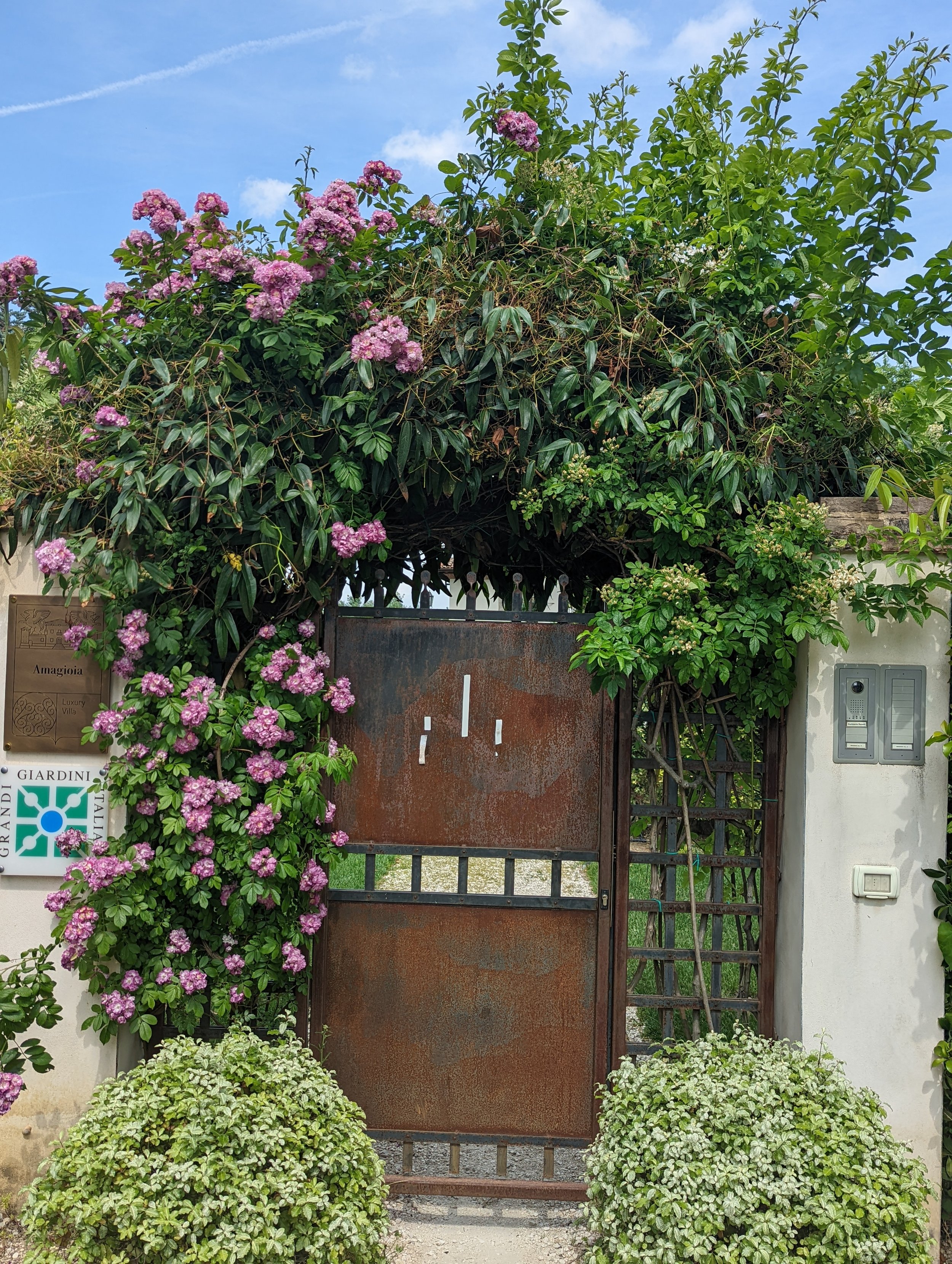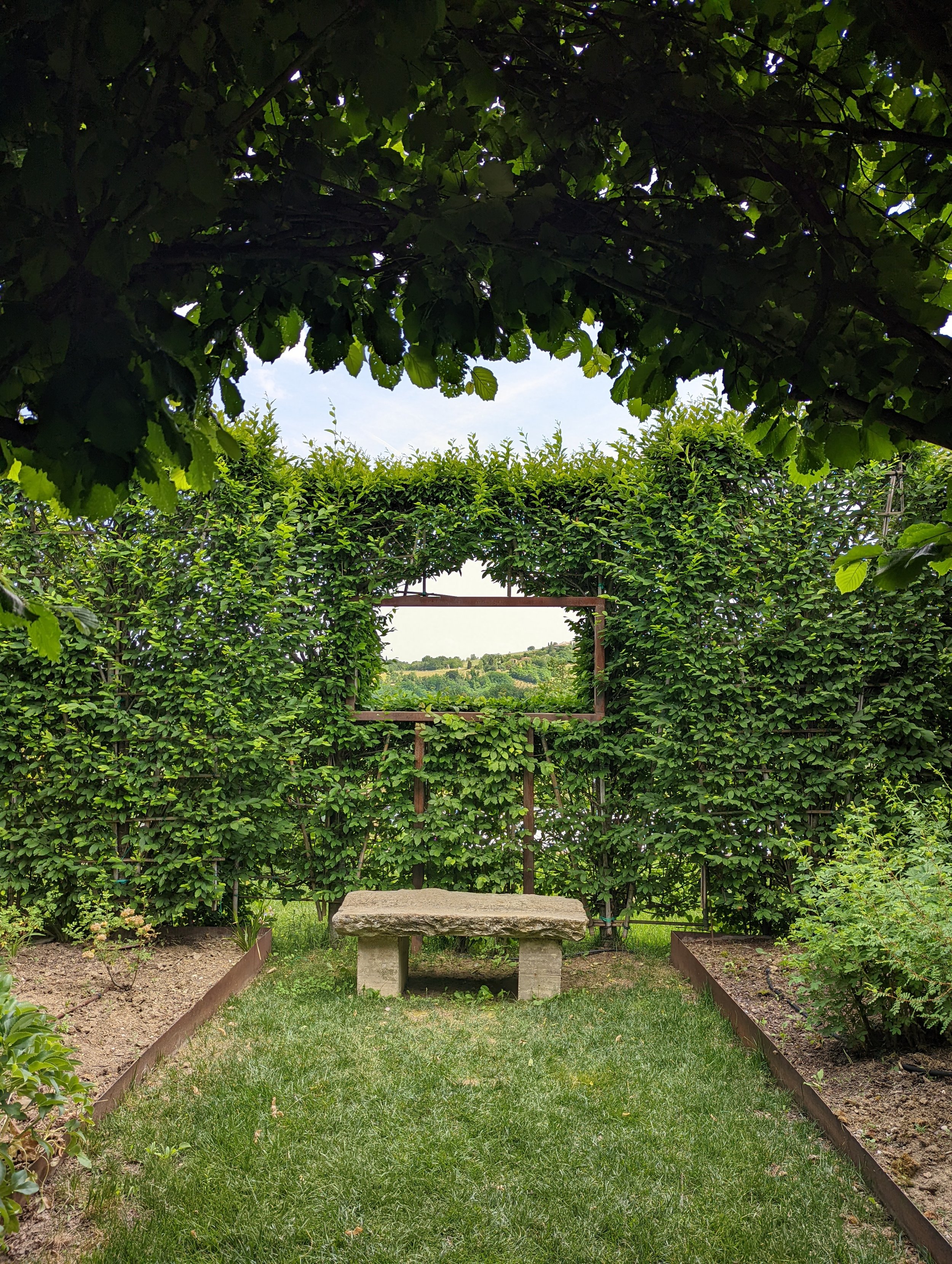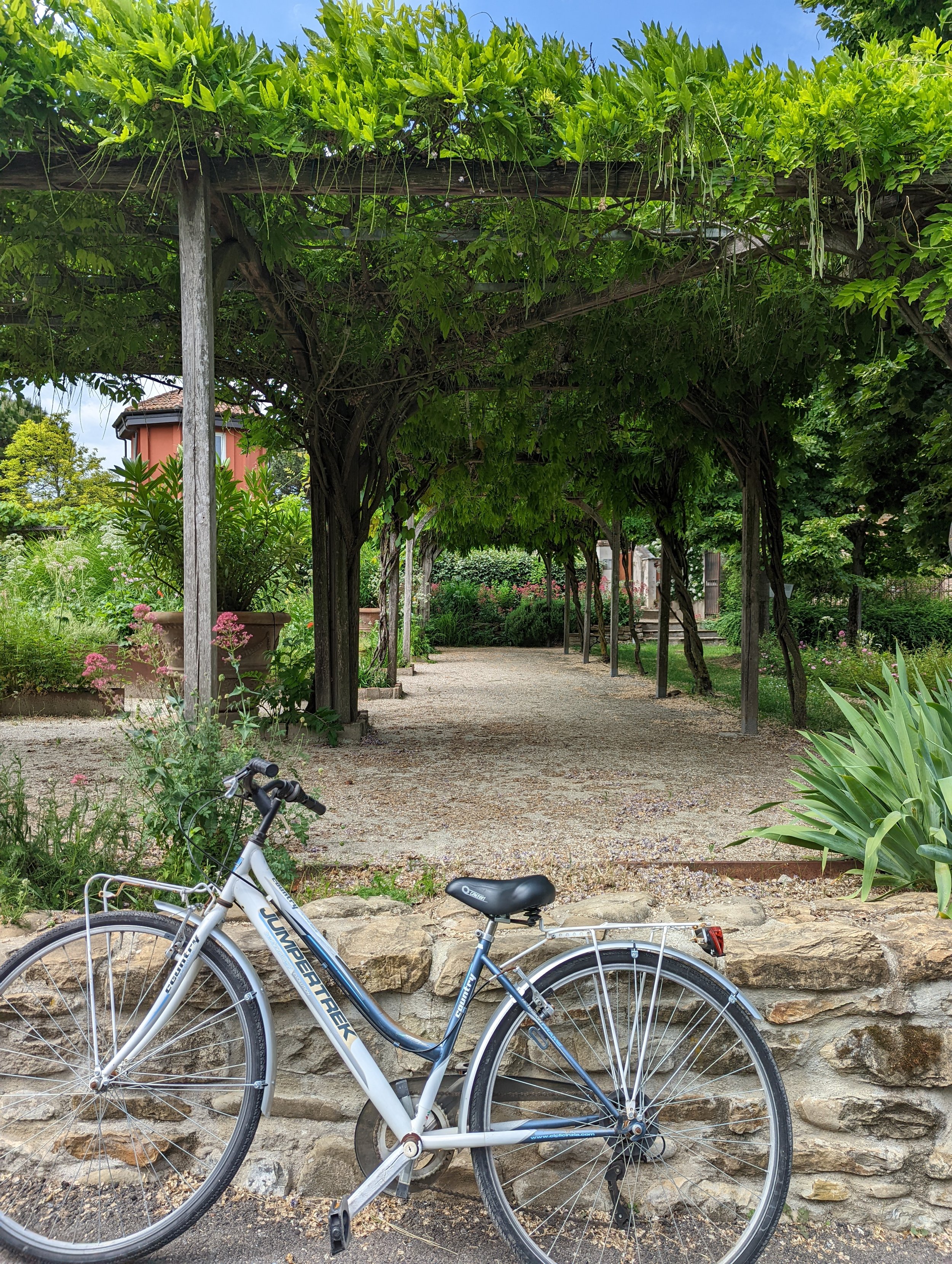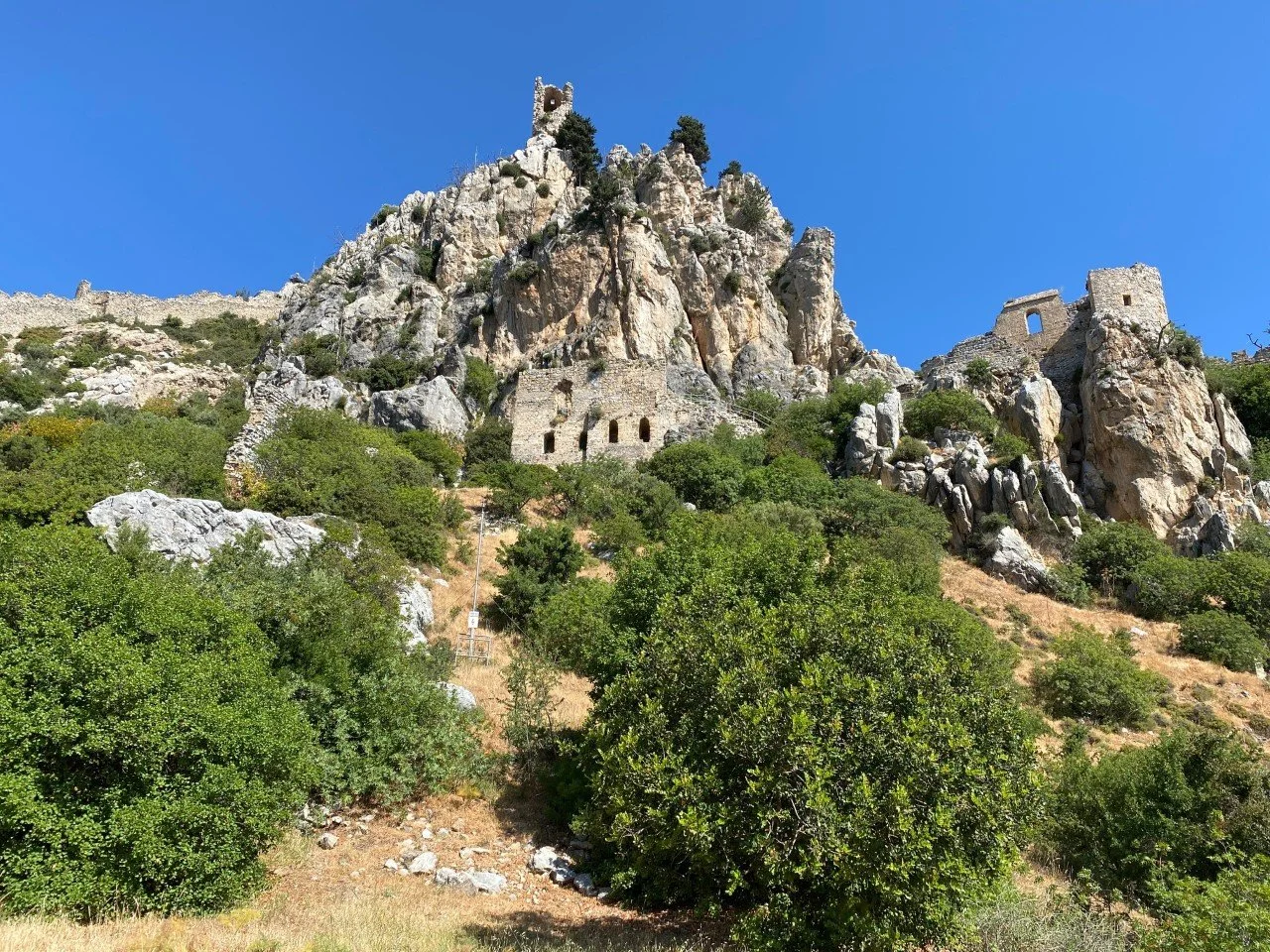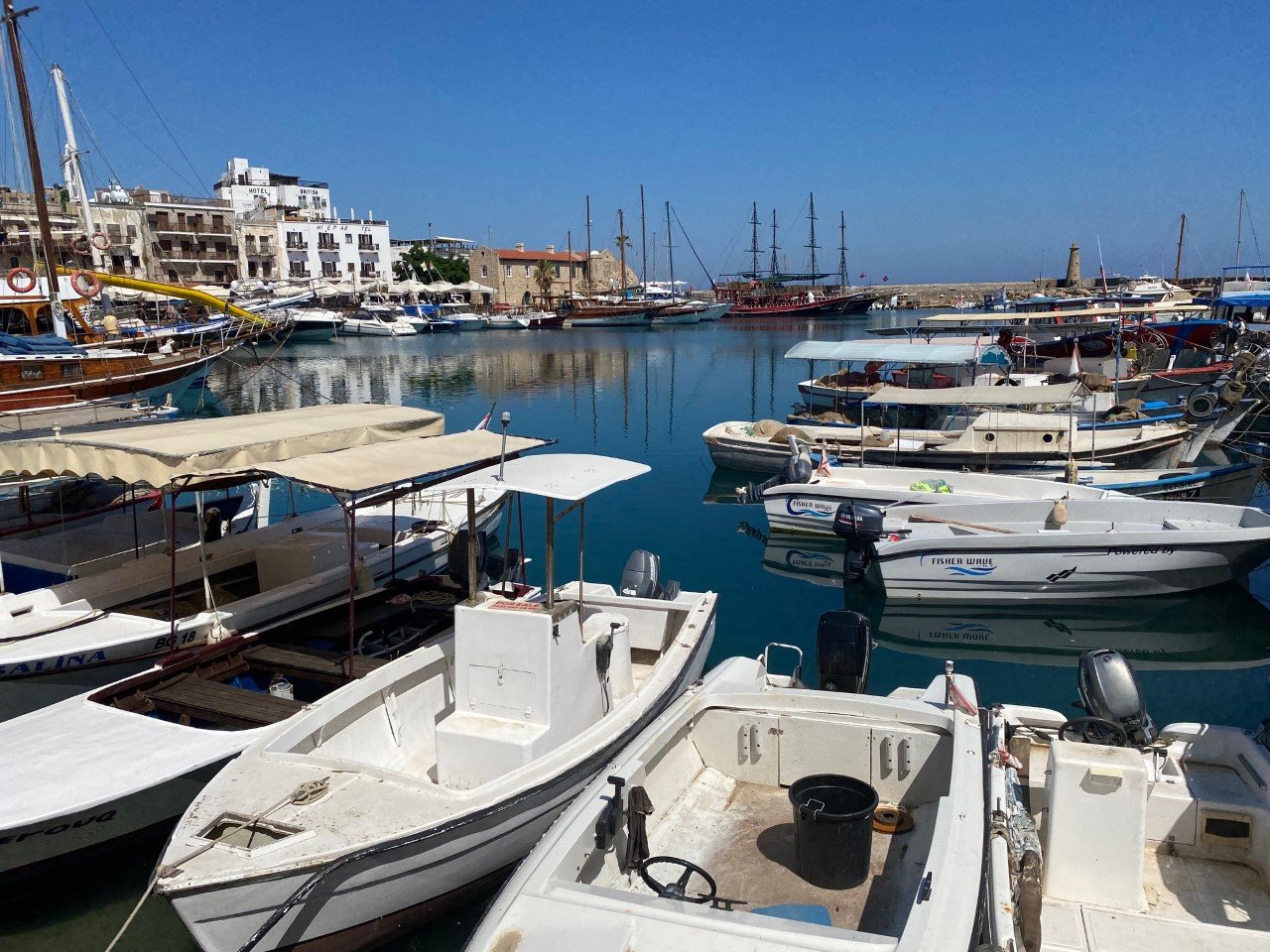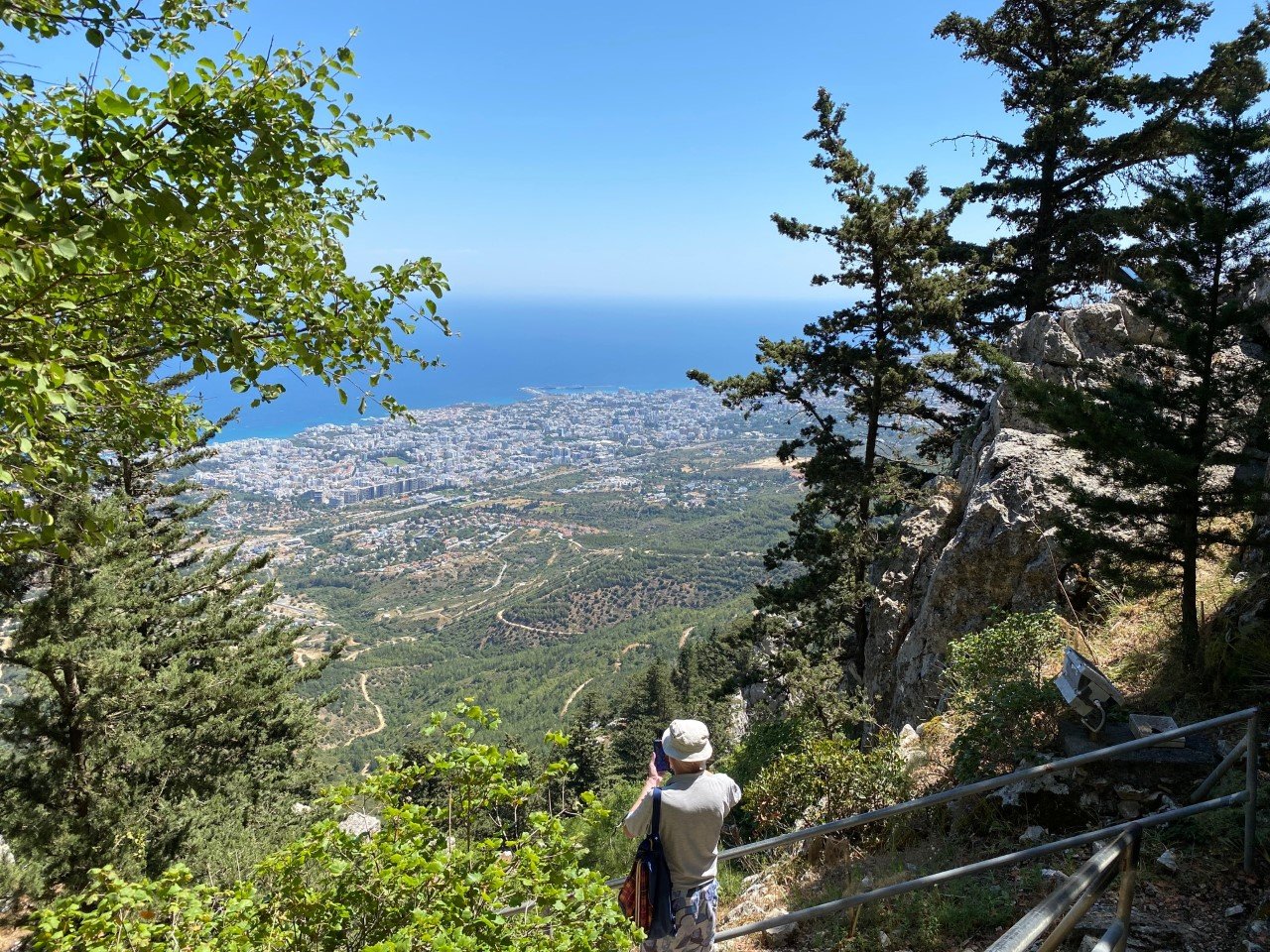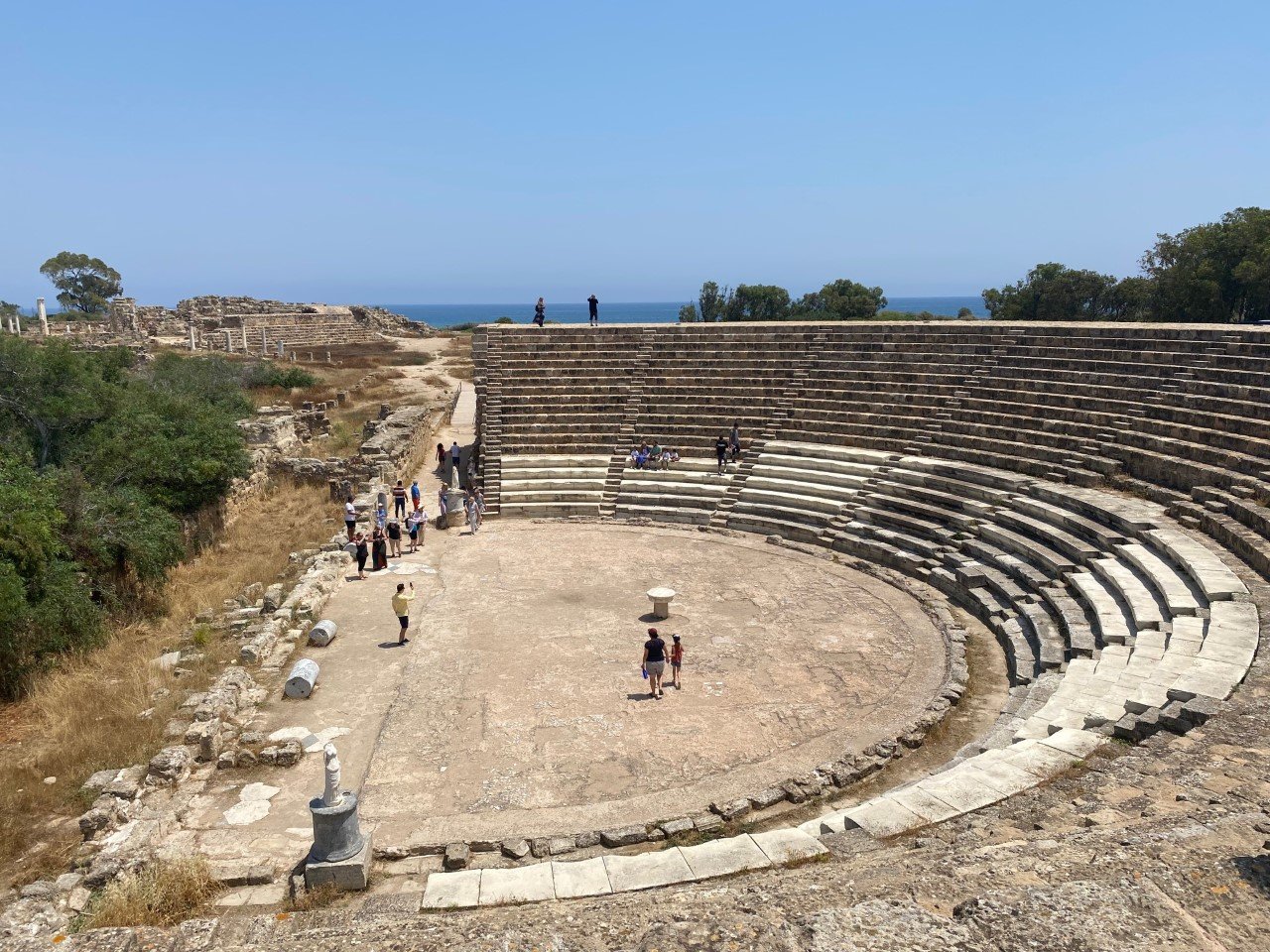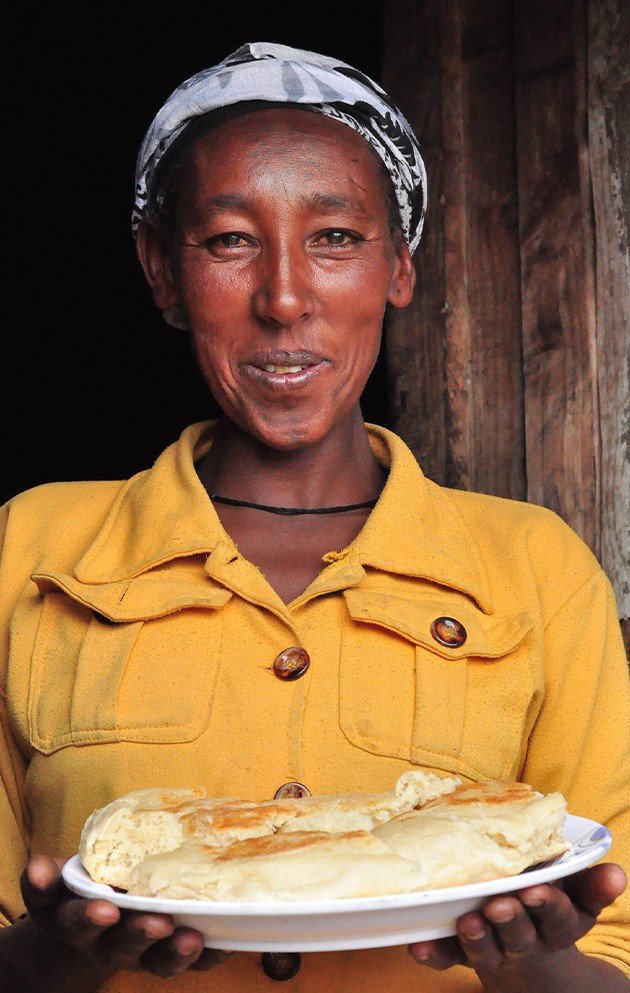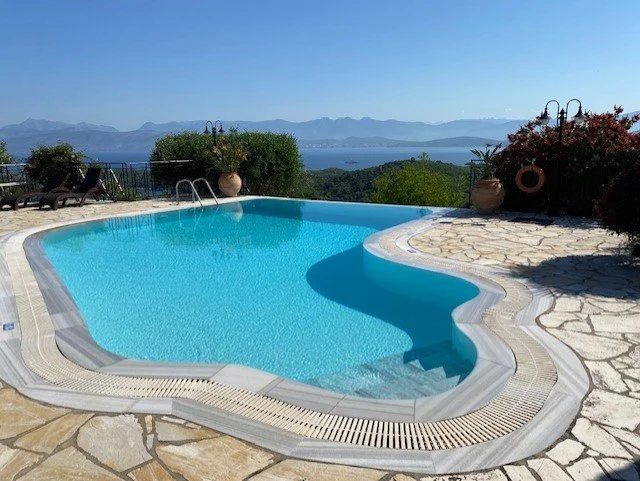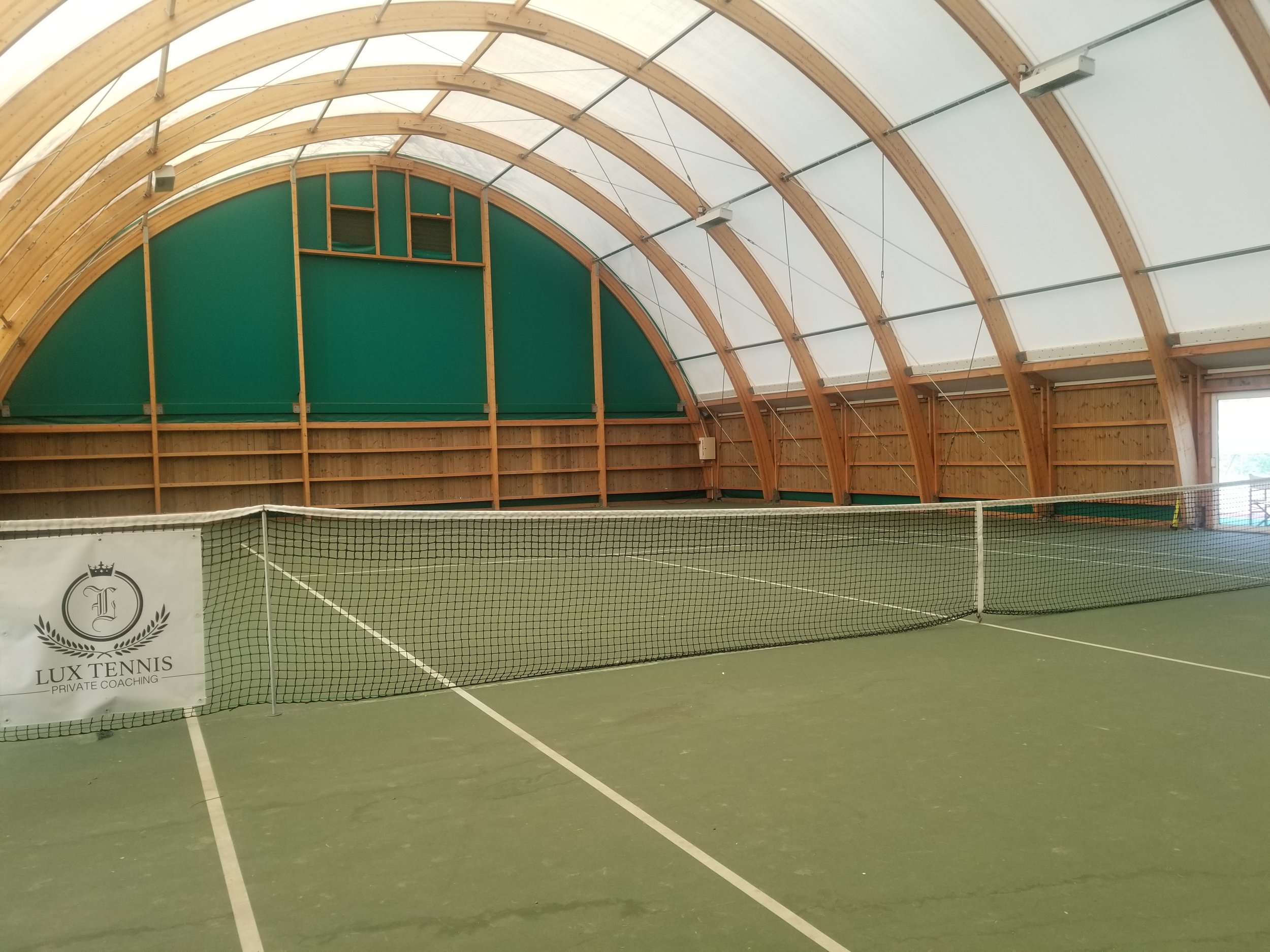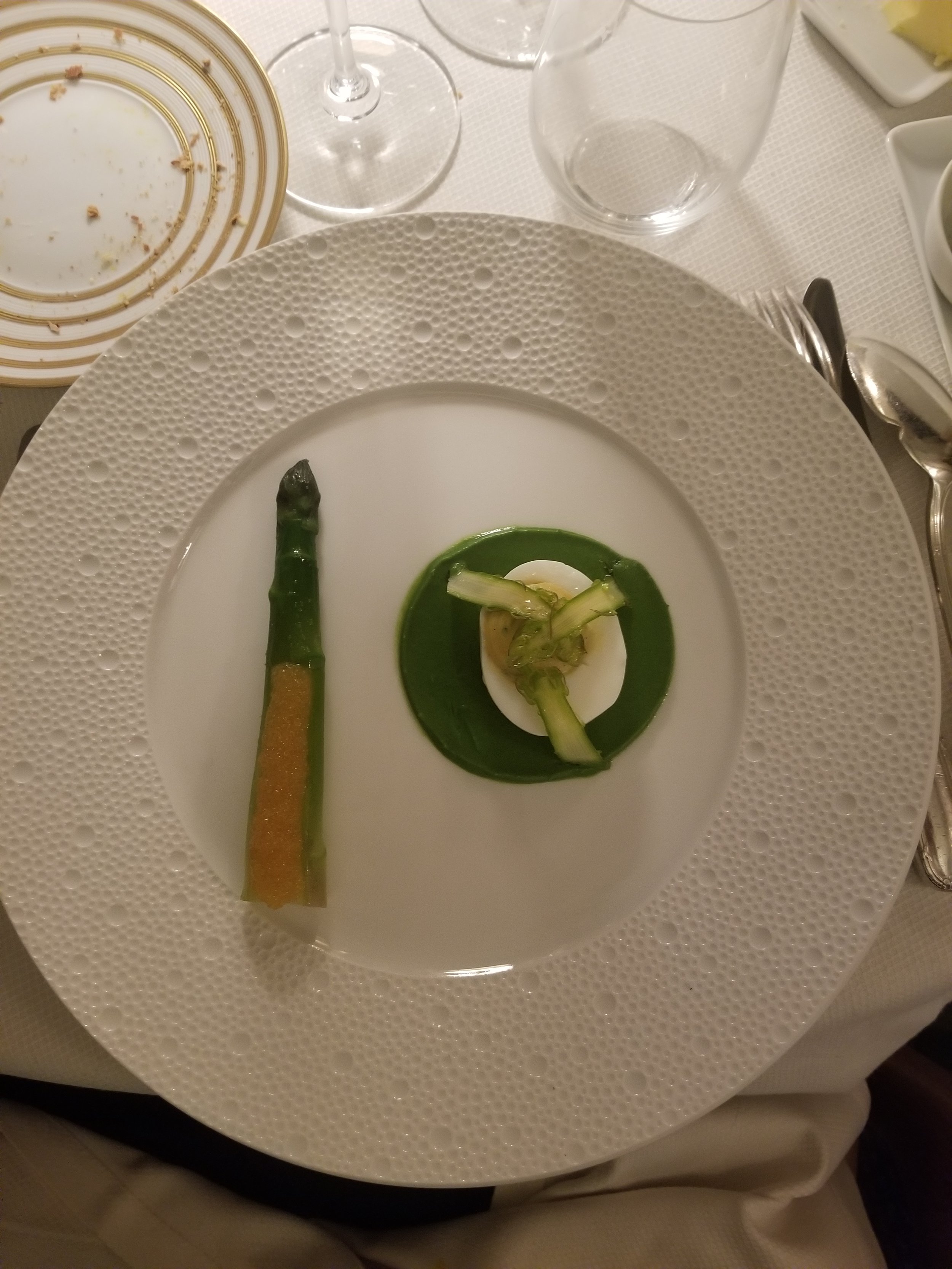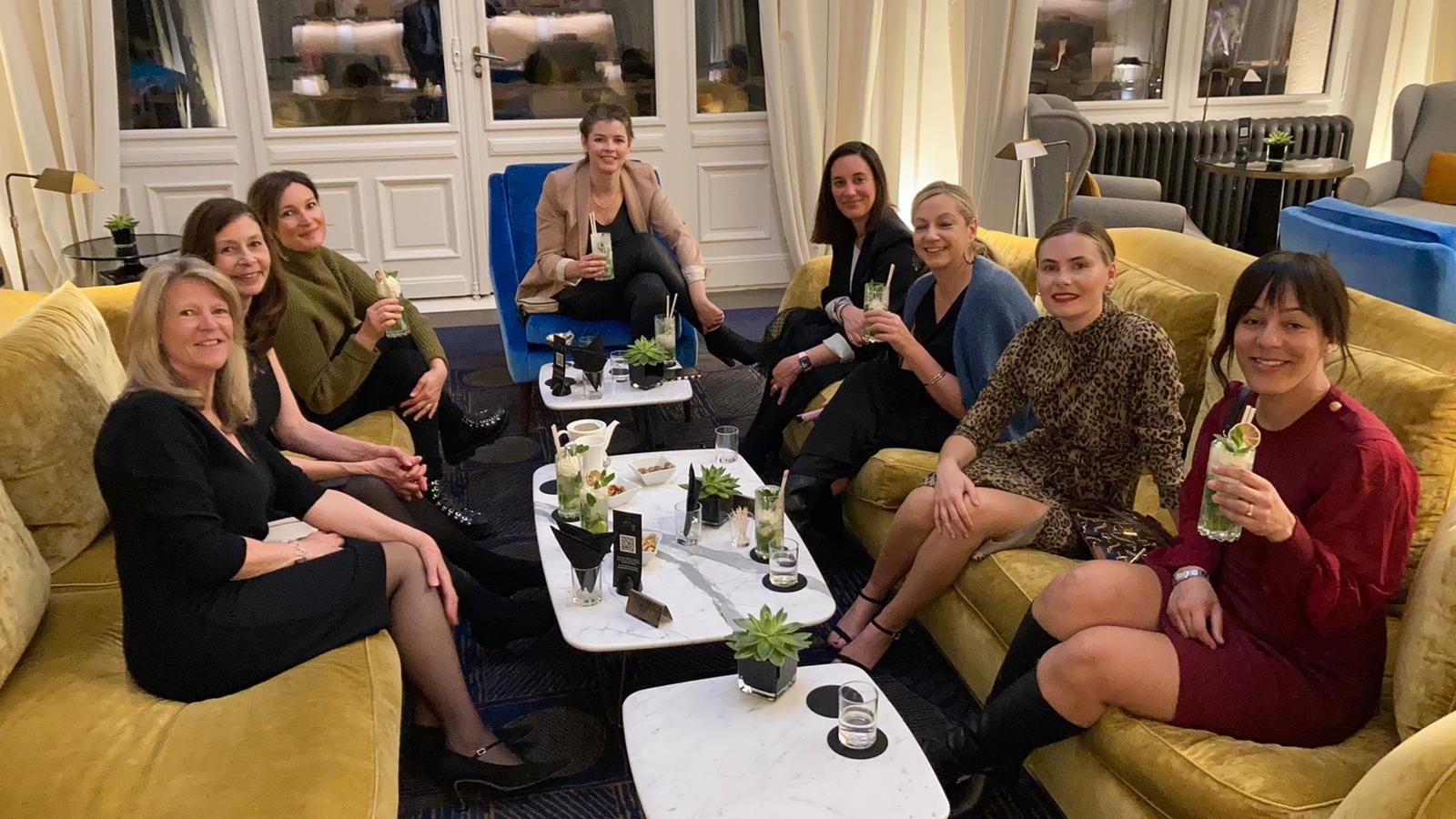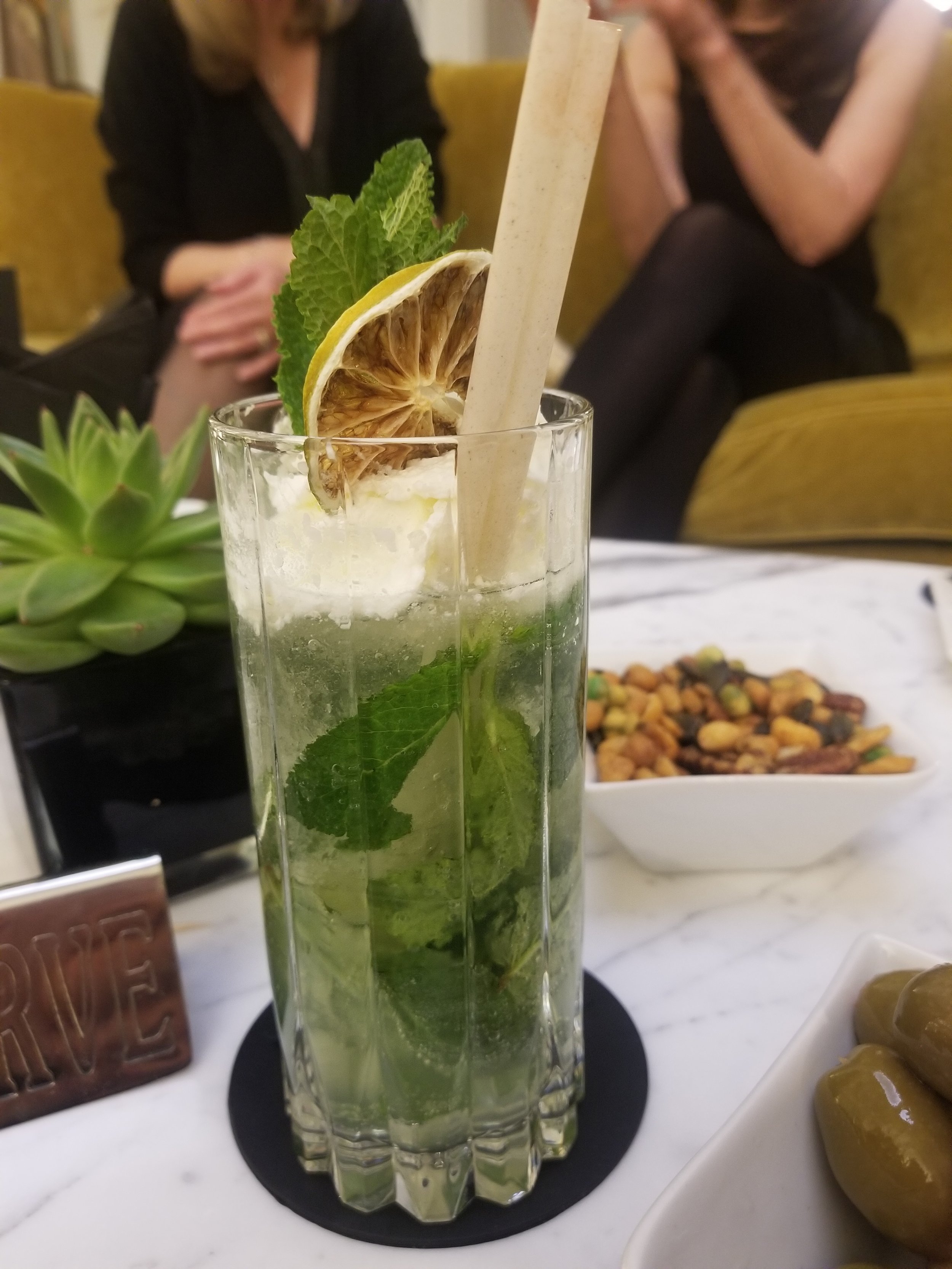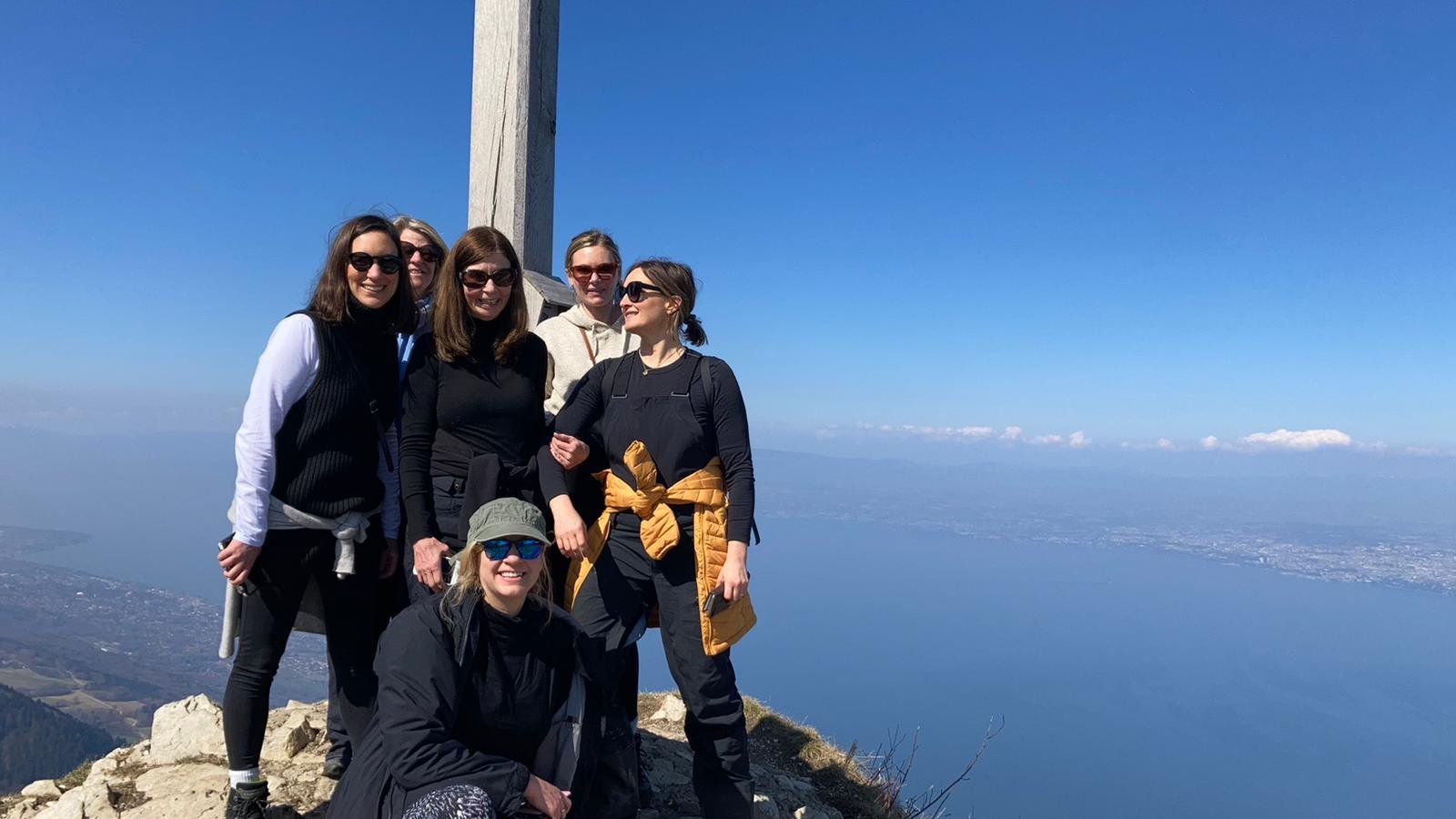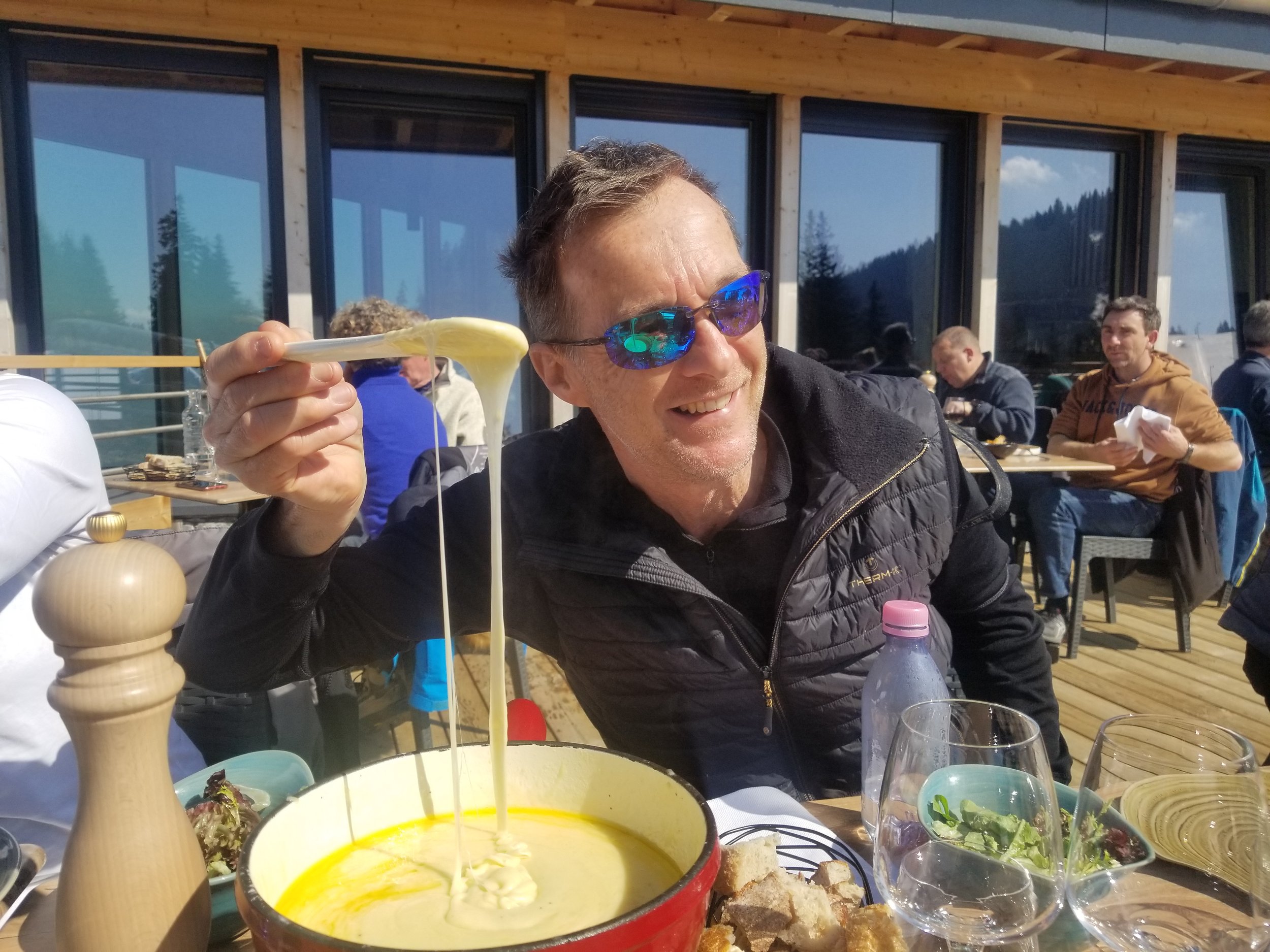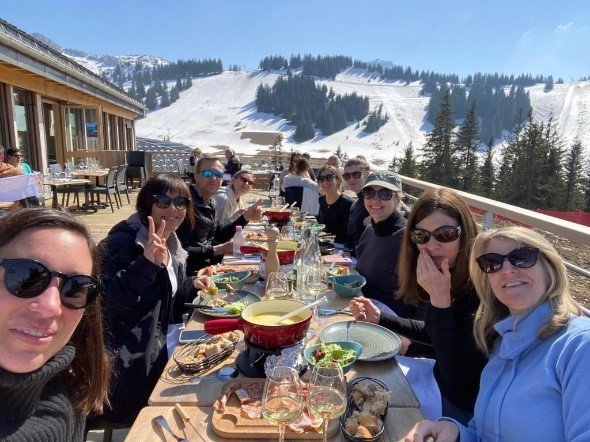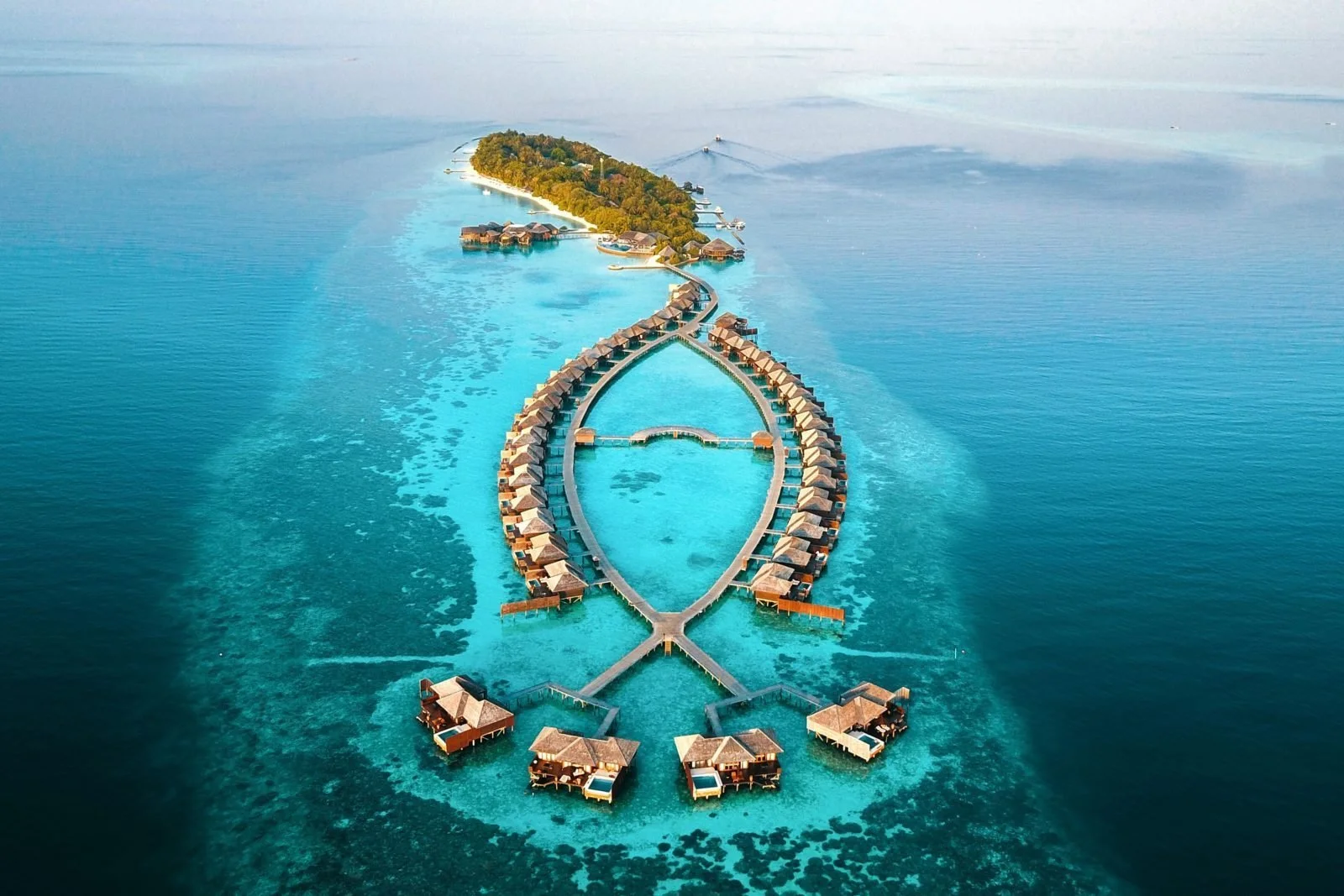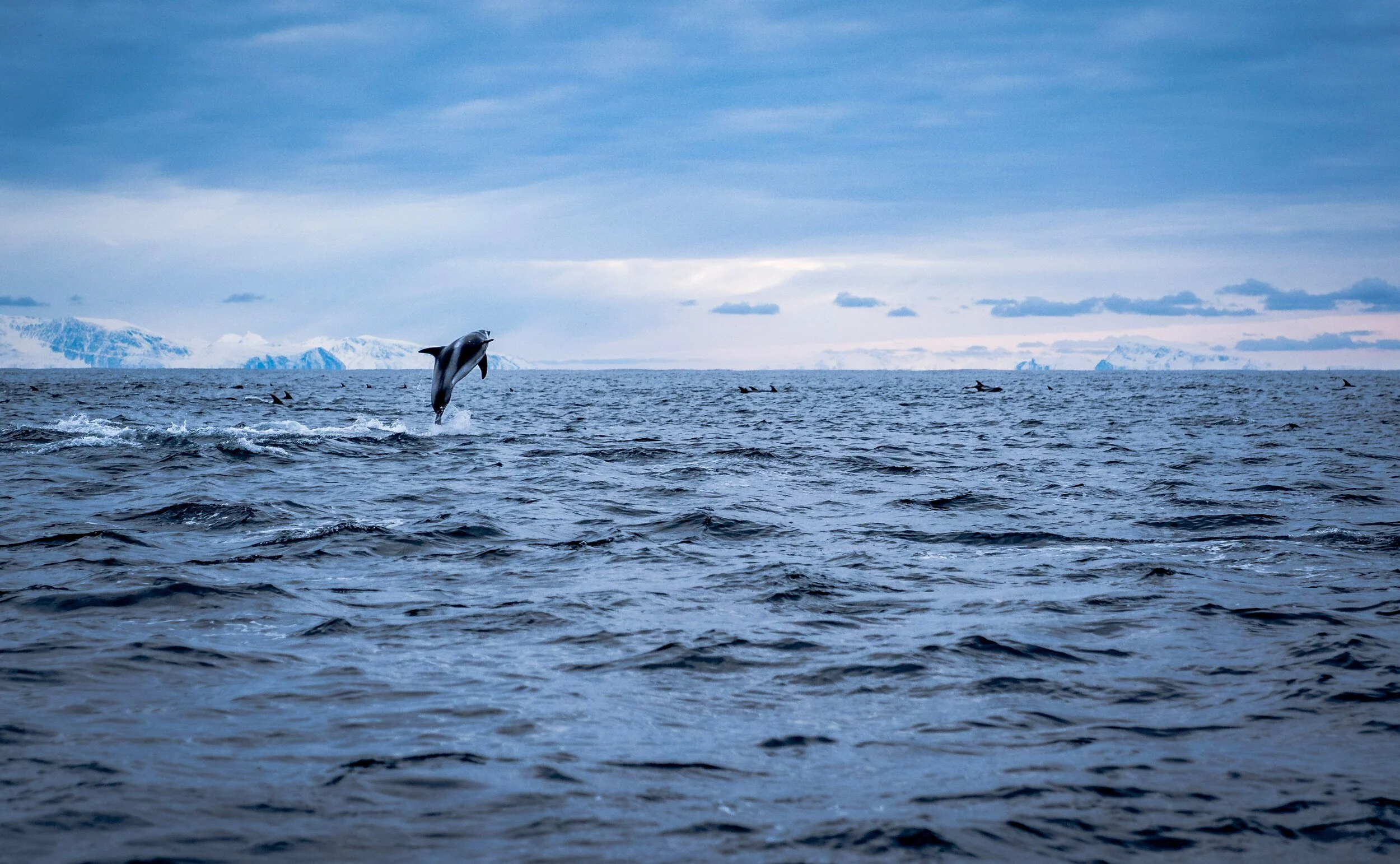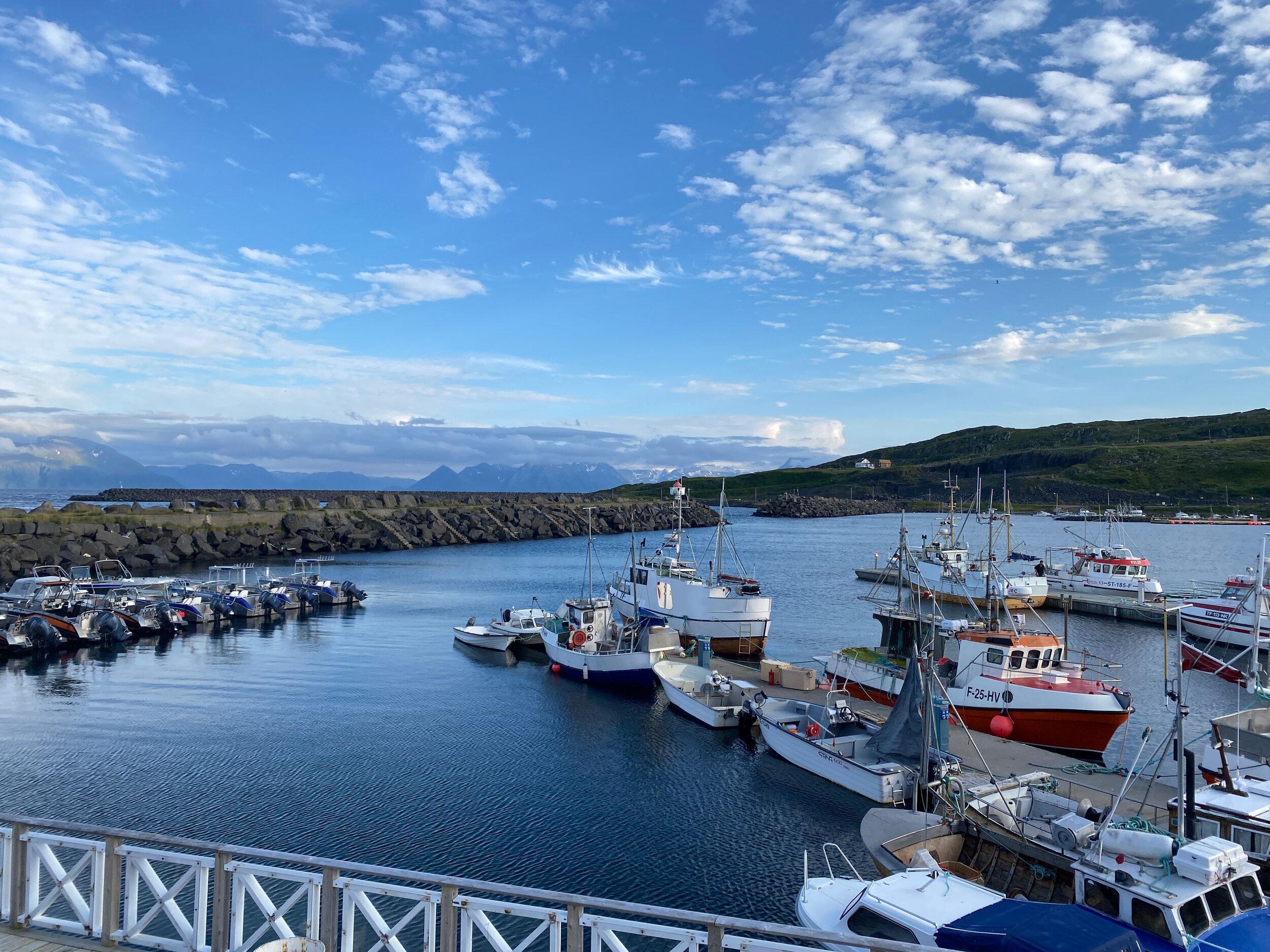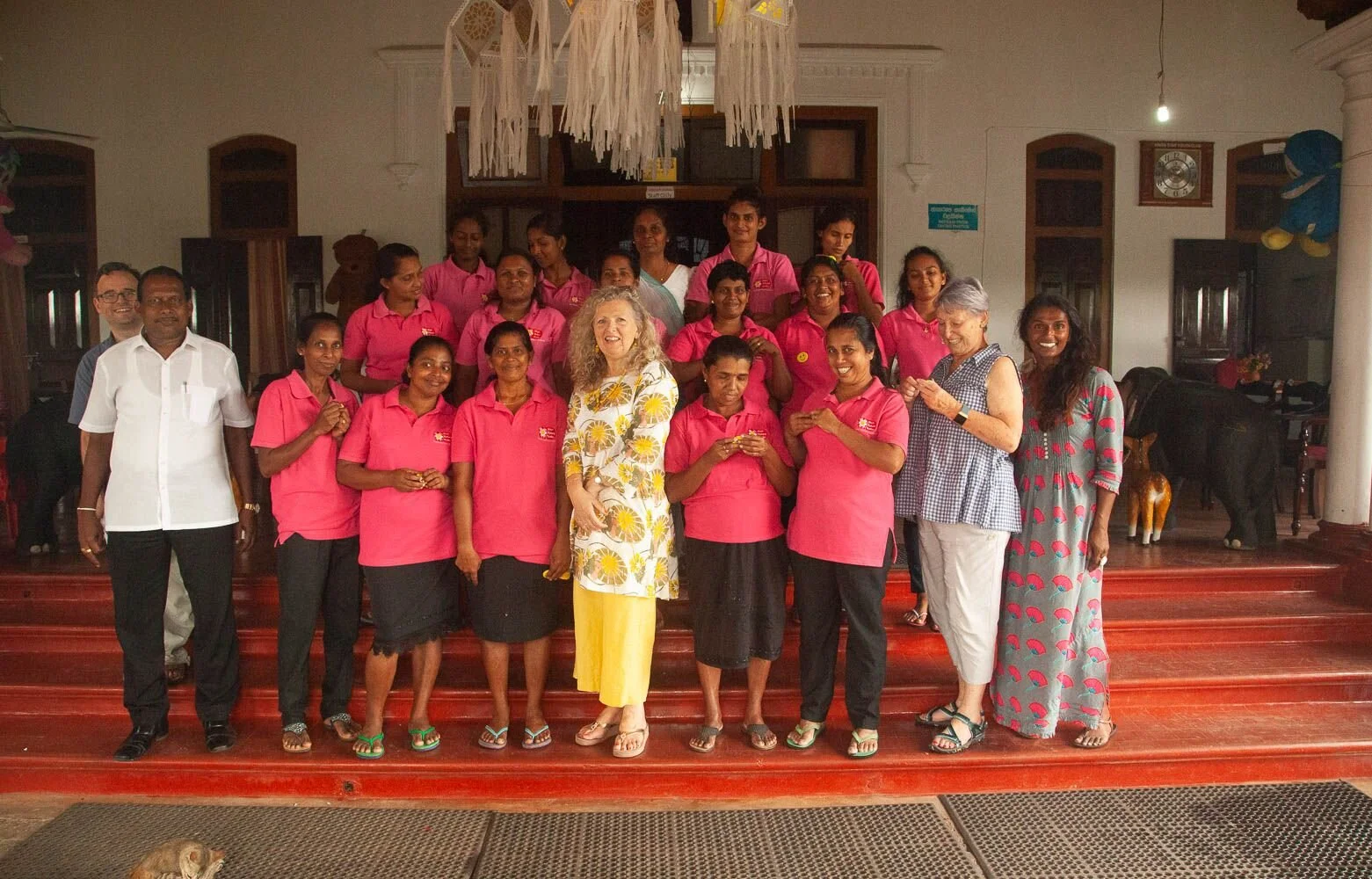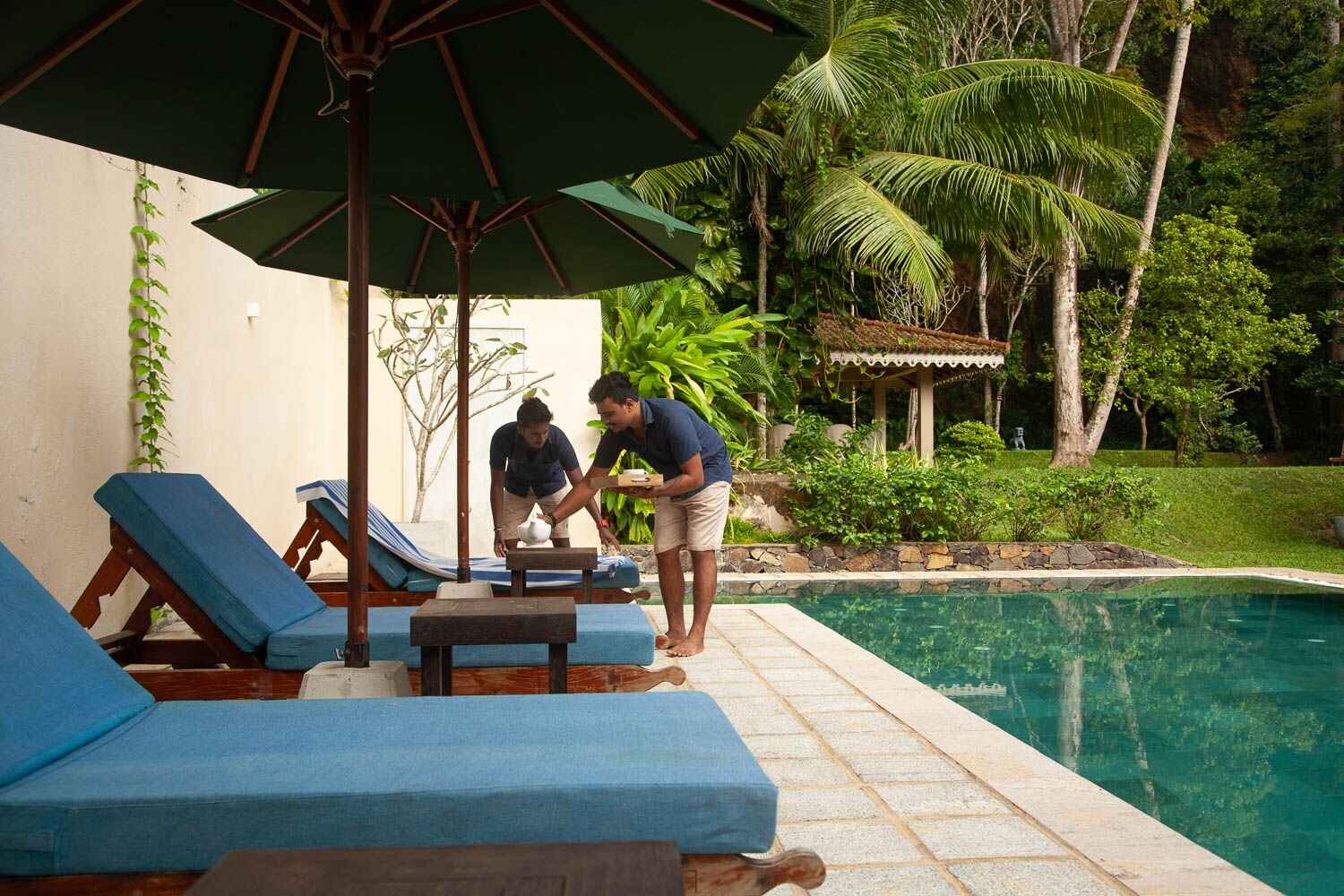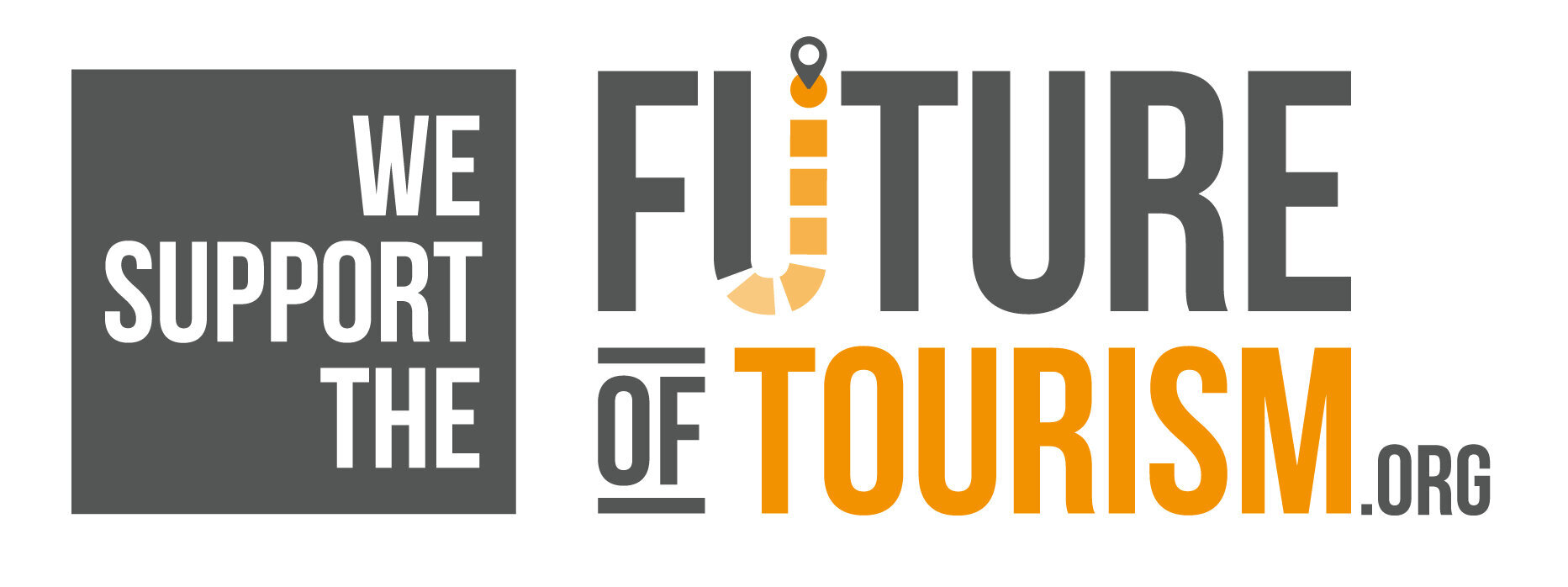The Maldives is made up of 1192 islands that stretch over 298 square kilometres. However, the country’s great expanse of water accounts for 99.6% of the Maldives, making it the ultimate Seafaring Nation!
This Archipelagic State of the Indian Subcontinent is encompassed by 26 Atolls, which are defined as ‘a ring-shaped reef, island, or chain of islands formed of coral’ and represent what us Brits know as counties. With an average elevation of 2-metres above sea level, the Maldives attracts visitors who are mainly fascinated by the marine life.
During our recent visit to the Maldives we learnt a lot about the Resort Histories, their Sustainability measures, how they conduct their service and how the Maldivian Government supports the trade and its workers.
Global Pandemic & Pulling Together
As of 2020, Tourism was the Maldives’ largest sector of the economy, providing more than 28% of GDP and 60% of foreign exchange (GlobalEdge). Faced with an international embargo on travel, it was time for the Maldivian Ministry of Tourism to provide a solution to its greatest financial output. And on the 15th July 2020, the Maldives started to welcome international guests into its country again! Fast forward to 2023 and forecasts suggest that the Maldives is predicted to gain strong economic growth, with GDP anticipated to grow by 10.2% (The World Bank).
So, what did the Maldives do correctly?
Firstly, the topography of the Maldives invites the opportunity to be in isolation – an aspect that in the past has made the destination so popular amongst the likes of Honeymooners who want to experience intimacy in paradise. If we consider that around 200 of its islands are inhabited and the nation already has a small population (540,542, in 2020), it might be fair to say that the Maldives had been practicing social-distancing for some time.
Perhaps the most impressive & important milestone in this country’s recent history was its vaccination rollout. In 2021, tourism authorities confirmed that as soon as the native population had been fully vaccinated, project ‘Visit, Vaccinate, Vacation’ would be in operation. This saw tourists being welcomed to the Maldives with a syringe & needle! The scheme worked and thousands of excited tourists packed their cases and headed toward the Indian Ocean.
Whist visiting a handful of Resorts in May, Travel Matters learnt more about the efforts & sacrifice that the islanders had made. During a candlelit-beach dinner with the Resort Manager of Adaaran Select Hudhuran Fushi, we discovered how testing this period of uncertainty was, but how the fruits of their labour were the sweetest of all pleasures. Ahmed retailed how strict the training and measures were, but how his Resort benefitted from subsequent repeat bookings. Although Ahmed admitted that he & his staff didn’t sleep much during the first few months, they all grew closer as a team and as friends –
‘There were times when I looked at my phone and it was 22:00. The next thing I knew it was 04:00 in the morning and my inbox had grown by another hundred emails.’
Adaaran Select Hudhuran Fushi
Fuelled by adrenaline and the intuitive need to serve their guests, Hudhuran Fushi and other Island Resorts persevered. Ahmed later confessed that he had no pleasure in quarantining his staff, as he knew that someone else’s workload would double. He jokingly boasted about having not contracted COVID-19 whilst he was working, but bitterly remarks about how he was eventually struck down by a watered-down variant upon returning to his home in Sri Lanka for a well-deserved break. His epilogue was perhaps the most poignant moment of our evening! Upon polite (but desperate) requests from guests, the staff at Hudhuran Fushi used their initiative and conducted the necessary due diligence that saw them contact guest’s national Embassies and the Maldivian Government. Medical workers were given their instructions and began to vaccinate permissible guests.
Top-Tier Service
Whilst everyone else was in isolation, Service workers in the Maldives were perfecting their craft!
Many Service Economies were shut-down all across the world. Even today, we are still experiencing a lack of Hospitality workers and what many would deem as an unsatisfactory level of service. Maldives reopened its borders in July 2020, meaning its lull in powering its service management delivery was minimal. In fact, due to the challenging environment of hosting guests during a global pandemic, the service quality grew. Sought after roles quickly become coveted and this competition may have bred a new era of customer perceived quality. The Maldives Government continues to incentivise roles in tourism and many of the workers in this industry prove how grateful they are to hold such a sought-after job.
During our 2-night stay at Heritance Aarah, we were assigned our Butler – Kunal. Originally from India, Kunal had worked in Hospitality all his life and possesses a Masters in Hotel Management. It was apparent from the get-go that this man had hospitality coursing through his veins. His affability and product knowledge was nearly as sharp as the piece of coral I trampled on just days before (Travelling Tip: I’d never found a use for Complimentary Hotel Sewing Kit until now – the needle was the finest object I could find to remove two pieces of fine coral in my foot) Kunal greeted us in a golf buggy and took us on a tour of the Resort, during which time he informed us of the Resort’s impressive facilities and only interjected to detail amusing personal anecdotes of his professional journey. Upon being delivered at our Beach Villa, Kunal presented us with his mobile number so that we could contact him at any time, with any request. There was never an instance that we weren’t tended to, but always in a subtle manner. Being modern and already having a fierce reputation, Heritance Aarah has cherry-picked some of the best Hospitality talent within this region of Asia. Over a thousand 5-Star Tripadvisor reviews is testament to all their hard work.
It’s easy to ramble on about the phenomenal service we experienced, but we were not ready for the first-class cuisine that was prepared for us! Indulging in traditional Japanese dining, tasting menus (paired with wines) and traditional Maldivian dining were certainly another highlight. Perhaps the most striking example of this was at Adaaran Select Meedhupparu. Shashika, the Front of Office Manager, introduced us to Meedhupparu’s idea of ‘Island Life’ - a seamless & soothing model that all his staff exudes onto guests. This Resort had the perfect balance of rustic beach life, merged with attentive service. On our first evening, we were invited to their Indian restaurant, which asks that female guests respect the traditional & rural practice of using a Sari to cover their shoulders. If you do not have one, the restaurant has its own clothes rail with a rainbow of different Saris that guests can borrow. We were seated at our table (that stood upon a sandy floor) and indulged in an excellent meal where the stars of the show were the Coconut Sambol and Mater Paneer. This is a destination that will fulfil the cravings of the most demanding of Food Critics!
During our final stay, we were whisked off the resort of Adaaran Prestige Vadoo, who is renowned for their 50 Sea Villas (think iconic Maldives Villas on Stilts). This island is only 2.5 Acres in size, so you get an incredible sense of togetherness…the perfect setting for Honeymooners! This time, we had the pleasure of Abdul acting as our Butler. A personal highlight was witnessing Abdul take time out of his busy day to teach non-swimmers how to snorkel, whilst being in the water himself. Every day Abdul would greet us with new & wonderful photos from the House Reef’s residents.
The Maldives isn’t just a destination to indulge in perfect beaches and witness a pod of dolphins breach alongside your boat trip. It’s a holiday experience that humbles and makes you realise the importance of a human exchange.
Kunal & Matt in discussion, during a site inspection.
(Matt, Travel Matters Business Development Manager, travelled to - Adaaran Prestige Vadoo, Adaaran Select Hudhuran Fushi, Adaaran Select Meedhupparu and Heritance Aarah in May 2022)
